DROPS Baby Merino
Superwash treated extra fine merino wool
from:
2.62£
3.39€
Content: 100% Wool
Yarn Group:
A (23 - 26 stitches)
/ 5 ply / sport
Weight/length: 50 g = approx 175 m
Recommended needle size: 3 mm
Knitting tension: 10 x 10 cm = 24 sts x 32 rows
Care: Machine wash on gentle cycle 40°C / Don’t use fabric softener / Dry Flat
Superwash: yes
Made in: EU
Raw material origin: Wool from South America
This yarn has an Oeko-Tex® certification (certificate number 25.3.0110), Standard 100, Class I from the INNOVATEXT TEXTILE ENGINEERING AND TESTING, HUNGARY. This means that is has been tested for harmful substances and is considered safe in human-ecological terms. Class I is the highest level, and it means the yarn is suitable for baby articles (ages 0-3).
DROPS Baby Merino is a 100% extra fine merino wool yarn that's super soft, breathes well and is itch free - perfectly suited for delicate baby skin. Cable spun and constructed from multiple thin strands, DROPS Baby Merino gives neat, even stitches, resulting in garments with extra elasticity. It’s this special construction that makes it important to use the correct tension in your project, so use a tight tension rather than a loose one.
DROPS Baby Merino is spun from fibers from free-range, mulesing free animals from South America and is Oeko-Tex Standard 100 certified. The yarn is also superwash treated and therefore machine washable and suitable for everyday use; but when washing your garments you must be extra careful and follow closely the care instructions.
Read more about our products' sustainability here
Please be aware that the colours shown may vary from screen to screen in the same way that shades may vary slightly from dye lot to dye lot.
How do I care for this yarn?

Machine wash on gentle cycle 40°C / Don’t use fabric softener / Dry Flat
All our super wash treated merino yarns should be washed in the machine, using a gentle cycle program. That being said, there are a few more tips that are extremely relevant when it comes to caring for this yarn:
- Machine wash - separately - using a gentle cycle program at 40ºC, with a light centrifugation (about 800rpm). Only use detergents without enzymes and optical brighteners.
- NEVER use fabric softener (the wool fibers become too soft and can slide apart).
- NEVER leave the garment to soak/wet in the washing machine for a long period of time.
- To dry the garment, shape it and lay it flat - do not hang - ideally on a warm bathroom floor or on top of a drying rack in a room with good air circulation. Never dry the garment in direct sunlight.
- Never iron the garment directly. Use always a damp cloth between your steaming iron or regular iron and the garment.
Note: If you are washing a project made with this yarn combined with another, the general guideline is to follow the washing instructions for the most delicate of the yarns you are working with.
Do you have a question about this yarn?
See a list of frequently asked questions (FAQ) about our yarns.
1) What type of fibers make the DROPS yarns?
Yarn can be made from a large number of natural and synthetic fibers. DROPS carries mainly yarns made from wool, cotton, alpaca, linen, mohair and silk. Each fiber type has its own qualities, and they are often mixed to take advantage of the best properties of each one. Coarse yarn has the advantage of being stronger and more durable, and finer fibers offer more softness and comfort. Here a bit about the main fibers we carry:
Alpaca:
Alpaca fleece is the natural fiber harvested from an alpaca, and it is similar in structure to sheep wool fiber. Its softness comes from the small diameter of the fiber, similar to merino wool. It is a soft, durable, luxurious and silky natural fiber. Yarn made from alpaca fibers does not felt or pill easily, and it can be light or heavy in weight, depending on how it is spun. While similar to sheep’s wool, it is warmer, not prickly, and has no lanolin, which makes it hypoallergenic. Alpacas come in 22 natural colors, with more than 300 shades from a true-blue black through browns-black, browns, white, silver and rose-greys.
Mohair:
This fiber comes from the Angora goats, and it's considered a luxury fiber. Mohair yarn is warm as wool, but much lighter in weight; it is durable, dyes well and does not felt easily. Mohair fibers have also a distinctive luster created by the way they reflect light. Despite being a hard fiber, mohair is usually spun into a very fluffy yarn, resulting in airy and lustrous garments.
Wool:
The wool fibers come from the skin of sheep and are relatively coarse fibers. Two striking characteristics of wool are its susceptibility to heat and its felting property, which is caused by the scales on the surface. Depending upon the breed of sheep, the appearance of the wool varies.
Wool from Merino sheep is considered the finest type of wool, having as characteristics that is finely crimped and soft. All the Merino wool in the DROPS yarns has its origins in South America, coming from sheep that have not been subject to Mulesing.
Pure new wool is wool made directly from animal fleece, and not recycled from existing wool garments.
Machine washable wool is wool treated chemically to minimize the outer fuzzy layer of the fibers, and be therefore fitable for machine wash (see Superwash).
Silk:
The silk fiber is a fine continuous fiber produced from the cocoon of a moth caterpillar known as the silkworm. While silkworm is cultivated, the wild or tussah silk is obtained from uncultivated silkworm cocoons. Silk fiber is one of the strongest natural fibers and makes a wonderful knitting yarn. It blends really well with other fibers, especially wool. Silk also dyes beautifully with natural dyes.
Vegetable fibers:
There are several varieties of vegetable fibers, found in the cell walls of plants or vegetables. Of all the varieties, two are recognized as major knitted or textile fibers. They are cotton and linen.
Cotton is the fiber surrounding the seeds in a cotton pod, and it is almost pure cellulose. Cotton is usually white in color but there are green and brown varieties as well. The cotton fiber is most often spun into yarn or thread and used to make a soft, breathable textile that is good for summer clothing and accessories, making a weaker yarn than silk or linen but stronger than wool.
Mercerized cotton is cotton that has been through a mercerization treatment. This treatment gives cotton fabrics and threads a lustrous yarn that is more lustrous than conventional cotton. It is also stronger, takes dye a little more readily, makes the yarn more resistant to mildew and reduces lint. It also may not shrink or lose its shape as much as "regular" cotton.
Linen is a fiber derived from the stalk of the flax plant that is durable and stronger than any other fiber. The linen fiber is relatively soft, straight and lustrous and becomes more beautiful with age. Linen is more comfortable to wear in hot temperatures than cotton, due to the fact that it absorbs moisture better and dries more quickly.
Other materials used in our yarns include synthetic fibers such as acrylic, viscose, polyamide (nylon) and polyester. These fibers are used mostly to give strength to a yarn (like our sock yarn, DROPS Fabel) or a special kind of structure (like our blown yarn, DROPS Air).
The polyamide fibre, commonly known as nylon, is very strong, durable, lightweight, easy to care for (can be machine washed and dried), and elastic, which makes it perfect for blending with other fibres to produce hard-wearing yarns like sock yarn.
Compared to polyester, polyamide is softer and more flexible, but it also absorbs more water and dries slower.
3) What type of information can I find on the DROPS yarn labels?
All DROPS yarn labels include information about fiber content (wool, cotton, etc.), weight in grams and ounces, length in meters and yards, washing instructions and symbols (explained here), color number, dye lot number and yarn group information.
4) What are the DROPS yarn groups?
All DROPS yarns are classified into 6 different thickness groups (A to F). Yarns in a same group have similar knitting tension/gauge, and can therefore be interchanged in patterns; however the length may be different, so when substituting always calculate the amount of meters/yards needed for the pattern to know the amount of yarn you need to get.
5) Can I use a different yarn than the one mentioned in the pattern?
Yes, as long as the yarn can be worked in the same knitting tension/gauge. Always swatch to make sure you get the same number of stitches in width and rows in height as given in the pattern.
Remember that different yarns with different textures, will give the garment different looks. The yardage/length may also be different, so when substituting always calculate the number of yards needed, in order to know the amount of yarn you need.
Read more about how to calculate the amount of an alternative yarn - and how to replace 1 thread of a yarn with 2 or more of another, here.
6) What does it mean when a yarn is “Superwash”?
A superwash wool is a special wool product that has been treated or processed in a way that allows it to be machine washable. Many people are afraid to work with wool because it is so easy to shrink (though some shrink wool on purpose) and superwash wool can allow them to work with great fibers without worry. (Read more here).
7) What does “Oeko-Tex® certified” means?
The Oeko-Tex® Standard 100 was introduced at the beginning of the 1990s as a response to the needs of the general public for textiles which posed no risk to health. The Oeko-Tex® Standard 100 is a globally uniform testing and certification system for textile raw materials, intermediate and end products at all stages of production. The test for harmful substances comprise substances which are prohibited or regulated by law, chemicals which are known to be harmful to health, and parameters which are included as a precautionary measure to safeguard health.
For more info go to www.oeko-tex.com
10) How accurate are the colours on the shade cards online?
When obtaining images for the shade card, we do our best to achieve the highest level of color accuracy. Unfortunately, we cannot guarantee how images will appear on your computer screen. Every monitor displays color differently, some colors might look darker than they really are, and some colors might be more saturated on some screens. If you experience that many of the yarn colors looks different on your screen than the actual color of the skeins, you can adjust the setting on your monitor.
11) What is a micron? What does super fine / extra fine mean?
The fineness of yarn fibers is measured in microns (thousands of millimeters). Super fine alpaca wool is 26-28 microns. Fine merino wool is less than 21.5 microns and extra fine merino is under 19.5 microns. The less microns the softer and more delicate a quality can be, the more microns the more hard wear the quality will be.
The reason why the microns in a yarn’s fibers are important is that the yarn will eventually become something else, and how delicate or coarse a yarn is will determine in part what we use it for. That’s why we recommend the softest yarns (like DROPS Baby Merino) for baby clothing, or why we choose to use a more hard wear yarn like DROPS Snow, for a seating pad or slipper.
12) Why are the colours in my skeins of print yarn different?
The reason why two skeins of a same print yarn look different can be 1) that both skeins are part of different dye lots; 2) that the skeins have been dyed using a technique called "magic print" (the one used for example in DROPS Delight), which provides unique patterns and smooth colour transitions to each skein, meaning also that within one dye lot, lighter or darker varieties might appear. This is no fault or defect, but part of the yarn's character.
13) My store doesn’t have the colour I want, what can I do?
If your DROPS store doesn’t have the yarn colour you want, try contacting a DROPS Super Store (the ones with the golden badges) - they will make sure to get a hold of the colour even if they don’t have it in stock themselves. See a list of all DROPS stores here.
14) Where can I find a specific dye lot of a colour?
Always try contacting your DROPS store first. If they do not have the dye lot you want we recommend you to ask other knitters and crocheters in the DROPS Workshop in Facebook or Ravelry, which may have the dye lot in their stash and might be willing to part from it.
Yarn sheds because there's not enough twist to hold all of the fibers together. All yarns have excess fibers (from production) that might come off as lint or shedding, in varied degrees that depend on how the yarn is spun. Brushed yarns ("hairier" yarns) like DROPS Melody, have more of these loose fibers than other yarns, and therefore shed more. Shedding also depends on what is worn under or over the garment, and whether this pulls at the yarn fibers. It’s therefore not possible to guarantee that there will be no shedding.
Below are some tips on how to get the best result when working with hairier yarns:
- When the garment is finished (before you wash it) shake it vigorously so the looser hairs come off. NOTE: do NOT use a lint roller, brush or any method that pulls at the yarn.
- Place the garment in a plastic bag and put it in your freezer - the temperature will cause the fibers to become less attached to each other, and excess fibers will come off easier. Leave in the freezer for a few hours before taking it out and shaking it again.
- Wash the garment according to the instructions on the yarn label. Garments worked with hairier yarns usually need to be shaken once dry after washing, so that the hairs rise and any excess fibers can come off.
Pilling is a natural process that happens to even the most exclusive of fibers. It's a natural sign of wear and tear that is hard to avoid, and that is most visible in high friction areas of your garment like a sweater's arms and cuffs.
You can make your garment look as new by removing the pilling, using a fabric comb or a pill/lint remover.
How can I replace this yarn?
If you are looking to replace this yarn with another DROPS yarn, you can use another yarn within the same yarn group, or try our yarn converter!
Other yarns in Yarn Group A
Read more about replacing yarn.Have a problem with the DROPS yarn you purchased?
When you purchase yarn from the shade cards or patterns on our site, you are not buying directly from DROPS but from one of the hundreds of DROPS stores around the world. It is therefore important that you take contact with the DROPS store where you bought the yarn, and that you save the labels of all the skeins you purchased (they are your warranty).
The DROPS store you contact will assist you and escalate the claim if necessary. Find a list of DROPS stores here.
Comments / Questions (466)
![]() MAM wrote:
MAM wrote:
Mèrecerise vend parait-il la baby merino à € 2.51, or lorsqu'on veut faire une commande elle est à 3.35 pouvez-vous m'en donner une explication, pour moi c'est mensongé remerciements
03.12.2015 - 08:07DROPS Design answered:
Bonjour Mam, les prix de ce magasin ont été modifiés pour s'aligner sur leur boutique en ligne. N'hésitez pas à les contacter directement. Bon tricot!
03.12.2015 kl. 09:48
![]() Pascale wrote:
Pascale wrote:
Bonjour, j'aimerais connaitre la nuance de la pelote qui se trouve au dessus de la pelote gris clair sur la présentation des 4 pelotes grises et noire, j'hésite entre naturel ou poudre ? (02 ou 44). Je cherche un fil écru qui ne soit pas trop jaune et celui là me plait beaucoup. merci d'avance
17.11.2015 - 22:00DROPS Design answered:
Bonjour Pascale, pour vous aider à choisir vos couleurs, nous vous invitons à contacter directement votre magasin DROPS, par mail ou téléphone aux coordonnées indiquées dans la liste si vous n'avez pas de boutique près de chez vous, on pourra vous y renseigner et vous conseiller. Bon tricot!
19.11.2015 kl. 13:23
![]() Claudia wrote:
Claudia wrote:
Eigentlich ein sehr schönes Garn, aber 6 Knoten in einem halben Knäuel (habe keine Lust mehr, die 2. Hälfte zu stricken) entspricht wahrlich nicht meinen Vorstellungen von einem qualitativ hochwertigen Garn!
24.10.2015 - 08:35DROPS Design answered:
Liebe Claudia, bitte wenden Sie sich mit der Raklamation an den DROPS Laden, in dem Sie das Garn gekauft haben. Dort wird man sich um Ihr Anliegen kümmern.
27.10.2015 kl. 10:31
![]() Katrin wrote:
Katrin wrote:
Ich würde gerne wissen ob DROPS Baby Merino speichelecht ist? Liebe Grüße
21.10.2015 - 00:08DROPS Design answered:
Liebe Katrin, die Merinogarne gehören zur Ökotex Kategorie 1 und sind somit für Babys und Kleinkinder zertifiziert, dazu gehört Speichelechtheit.
25.11.2015 kl. 07:20
![]() Karolina wrote:
Karolina wrote:
Hallo, Ich habe diese Wolle erst vor kurzem bekommen und finde, dass sie von der Griffigkeit her sehr angenehm ist. Sehr weich und auch das Maschenbild nach der ersten Maschenprobe war sehr schön. Beim aufwickeln der dunkelgrauen Wolle ist mir jedoch aufgefallen, dass sie sehr stark abfärbt. Meine Hände waren grau. Wäscht sich das raus? Da ist die Farbe mit helleren Farben kombinieren will, habe ich nun Angst, dass sie abfärbt.
09.10.2015 - 09:38DROPS Design answered:
Liebe Karolina, mitunter befindet sich überschüssige Farbe in der Wolle, die bei den ersten Wäschen herausgewaschen wird. Um sicher zu sein, dass die weisse Wolle die Farbe nicht annimmt, stricken Sie am besten Ihre Maschenprobe mit beiden Farben und waschen das Probeläppchen.
27.10.2015 kl. 10:45Indira wrote:
Hello, can I order to Kazakhstan? If yes, how much will the delivery cost? Is there a minimal number of order?
28.09.2015 - 21:07DROPS Design answered:
Dear Indira, please u>click here for the list of DROPS retailer shipping worldwide - look at their shipping conditions and/or contact them individually for any furhter informations.
29.09.2015 kl. 09:55Rita wrote:
Hallo, is baby merino ook geschikt voor fair Isle breien? Indien negatief, welk garen/wol bevelen jullie aan om fair Isle te breien. Dank voor bericht
25.09.2015 - 23:22DROPS Design answered:
Hoi Rita. Je kan prima fair-isle breien met Baby Merino - het heeft niet dezelfde structuur zoals bijvoorbeeld een shetlandwol, maar de stekendefinitie wordt heel mooi met Baby Merino
28.09.2015 kl. 12:03
![]() Ulrike wrote:
Ulrike wrote:
Welche Farbnummer hat das obere Knäuel auf dem Photo mit den vier blauen Knäueln? Könntet Ihr die Farbnummer nicht grundsätzlich neben die Knäuel schreiben? Nur so 'ne Idee...
22.09.2015 - 23:01
![]() Sirpa Kurikkala wrote:
Sirpa Kurikkala wrote:
Ostin langat lapsen neulepuseroon (6 kerää). Kyseessä pinkki BabyMerino-lanka. Yksi keristä on virheellinen. Lanka on ohuempaa kuin muut. Kun avasin langan kierteitä, huomasin, että normaalissa BabyMerino langassa on 4 säiettä ja virheellisessä kerässä säikeitä on vain kolme. Miten toimin? Palautanko langan ostoliikkeeseen vai maahantuojalle?
22.09.2015 - 11:37DROPS Design answered:
Hei! Voit palauttaa lankakerän ostoliikkeeseen.
19.04.2016 kl. 14:15
![]() Solbjørg Sjøveian wrote:
Solbjørg Sjøveian wrote:
Babymerino ull tåler ikke vask? Jeg har i flere måneder strikket på mitt første barns ullteppe. Ferdig i går, festet trådene i dag - og la det til ullvask slik at det var rent til babyen kommer neste måned. Til min store fortvilelse er det et helt annet teppe som kommer ut. Alle maskene er strukket og mønstrene synes knapt. Jeg la det til og med i en vaskepose. Hva er dette? Jeg vasket kun på 30 gr. Nå er altså måneders arbeid ødelagt og jeg er fryktelig lei meg.
19.09.2015 - 17:51DROPS Design answered:
Hej Solbjørg, Nej så trist! Det er svært vigtigt at man overholder vaskeanvisningen på banderolen og her på farvekortet! Baby Merino skal vaskes på finvask 40 grader! Brug kun en dråbe uldvask uden enzymer og optisk blegemiddel! Brug ALDRIG skyllemiddel (fibrene bliver så bløde at de glider fra hinanden)! Vask separat i rigeligt med vand! Lad det ALDRIG ligge i blød! Lad det ALDRIG ligge vådt i vaskemaskinen! Centrifugere gerne og læg det til tørre på et varmt gulv! Lad det aldrig hænge til tørre! Følg anvisningen og prøv en gang til, så kan det være at du kan redde fibrene! Held og lykke!
09.10.2015 kl. 15:36
![]() Britt Helene Fossøy wrote:
Britt Helene Fossøy wrote:
Er strikkefastheten oppgitt feil på dette garnet? Det er svært tynt, som annen babyull, og jeg får 29 masker på 10 cm på pinne 3.5. Må helt opp i pinnenr 4 5 for å få 24 masker og sa blir strikket svært glissent og slaskete.
16.09.2015 - 12:58DROPS Design answered:
Hej Britt, Nej DROPS Baby Merino passer perfekt til en strikkefasthed 24 m på 10 cm. Snak med din lokale DROPS butik, de kan helt sikkert finde ud af hvor det går galt. God fornøjelse!
09.10.2015 kl. 15:30
![]() Elies wrote:
Elies wrote:
Ik heb nog een aantal bollen Merino voor verschillende toekomstige werkstukken liggen. Nu ben ik nogal geschrokken van de vele reacties over het uitlubberen van het werkstuk in de was, zelfs ondanks dat de was-instructies opgevolgd worden. Is dit uitbulderen wellicht te voorkomen door de wol eerst te wassen, zodat de wol al uitgerekt is voordat ermee gebreid wordt?
15.09.2015 - 17:38DROPS Design answered:
Hoi Elies. Nee, als je de wasinstructies volgt EN ook niet te losjes breit met merinowol, dan lubbert het niet.
16.09.2015 kl. 10:49
![]() Birgitte Nielsen wrote:
Birgitte Nielsen wrote:
Jeg har strikket en drenge-trøje i dette garn og den fnulrede efter kort tids brug. Er det et generelt problem ved merino garner (overvejer en poncho af big merino, men ville da vælge nepal e.l. i stedet)
04.09.2015 - 14:19DROPS Design answered:
Hej Birgitte, Nej det er ikke et generelt problem, men bløde merinogarner klarer ikke lige så hård slitage som et sportsgarn. Læs gerne mere om at vælge garn. Klik på "Tips & Hjæpl" og så "Når man vælger garn"! God fornøjelse!
09.10.2015 kl. 15:38
![]() Anne Manvik wrote:
Anne Manvik wrote:
Takk for svar. Jeg fulgte vaskeoppskriften til punkt og prikke, jeg stikker ikke løst, heller litt fast, men allikevel ble jakka 12 cm lengre. Noe forslag til hvordan jeg skal vaske jakke 2 for at det samme ikke skal skje?Dette er jo litt kjedelig, er det feil i vaskeanvisningen, ser at flere her har hatt det samme problemet.
03.09.2015 - 10:58DROPS Design answered:
Hej Anne. Nej, der er ikke fejl i vaskeanvisningen. Les mere her. Hvis du tvivler, er det altid en god ide at vaske din pröve - saa ved du altid hvordan garnet reagerer paa vask i din maskine.
04.09.2015 kl. 12:59
![]() Anne Manvik wrote:
Anne Manvik wrote:
Jeg har akkurat strikket en jakke av BABY MERINOULL. Den skulle være 30 cm fra skulder når den var ferdig det var den. Men når jeg tok den ut av vaskemaskin var den 42 cm (fulgte vaskeoppskriften)Hva gjør jeg nå?? Holder på med en jakke til i samme garnet, tør jeg vaske den? En ting til, er det noen som kan svare på hvor ulla i dette garnet kommer fra, er det fare for muleting her?
02.09.2015 - 17:48DROPS Design answered:
Hej Anne. Det er vigtigt at dit arbejde ikke er strikket for löst (strikkefastheden), eller vaskes for varmt/likke la det ligge i bløt, for saa kan det vokse efter vask. Og vores merinogarner kommer udelukkende fra frittgående dyr i Sør-Afrika og Sør-Amerika, hvor mulesing ikke er tilladt :-)
03.09.2015 kl. 10:23
![]() Lidwine Meutermans wrote:
Lidwine Meutermans wrote:
Hello, Can you tell me which types of Drops are possible for a kntting machine ? I have a passap duomatic 80. greetings Lidwine
19.08.2015 - 18:09DROPS Design answered:
Dear Lidwine / Beste Lidwine. I am sorry, but I can't help you with this. We are specialized in handknitting and not machine knitting. But maybe have a talk with one of our Belgian retailers, if they have experience with knitting machines and our yarn.
20.08.2015 kl. 11:26Joanna Papke wrote:
Hallo again, I tried it before asking the question... I indicated the number and got zero result... I'm sorry for asking but this is very important to me. best
17.08.2015 - 21:15Joanna Papke wrote:
Thank you for your answer. Yes I saw the number, but I still get answer to my question. There are classes I-IV... Please tell me what class is the certificate. best
14.08.2015 - 22:16DROPS Design answered:
Dear Mrs Papke, you can get all informations here, by Oeko tex webiste indicating certificate number. Happy knitting!
17.08.2015 kl. 10:11Joanna wrote:
Hallo, what class of the Oeko-Tex® certificate has this yarn? best
13.08.2015 - 23:33DROPS Design answered:
Dear Joanna, Oeko-Tex certificate is stated under description, DROPS Baby Merino has certificate 25.3.0110. Happy knitting!
14.08.2015 kl. 14:24
![]() Ellen Bundgaard wrote:
Ellen Bundgaard wrote:
Kan nogen butik hjælpe mig med et nøgle baby merino farve 22 indfarvningsnummer 54949.
03.08.2015 - 13:26
![]() Eva Eilers wrote:
Eva Eilers wrote:
Hej Er det muligt at hjælpe mig med et nøgle brun baby merino, farve 18 serienr 51346? Tak
20.07.2015 - 10:54
![]() Kristine wrote:
Kristine wrote:
Når jeg strikker med en høj strikkefasthed går det rigtig fint. Hvis jeg strikker med en mindre strikkefasthed giver garnet sig når det bliver vådt. Nu vil jeg gerne strikke en pullover med en lidt løsere strikkefasthed. Er det en ide at gøre garnet vådt og lade det tørre før jeg strikker det op?
04.07.2015 - 10:23DROPS Design answered:
Nej det vil ikke gøre nogen forskel. Garnet er meget elastisk og skal strikkes ret fast. Strikker du for løst vil det gerne vokse i længden. Hvis du vil have et løsere udtryk så gør det måske heller ikke noget hvis din pullover vokser lidt i længden? Det må være en smags sag. God fornøjelse!
29.07.2015 kl. 15:33
![]() Stricksocke wrote:
Stricksocke wrote:
Hallo, Kann mit der Baby Merino auch gefilzt werden?
08.06.2015 - 21:57DROPS Design answered:
Liebe Stricksocke. Sie haben bei verschiedenen Qualitäten nach der Filzbarkeit gefragt: achten Sie darauf, ob eine Wolle superwash bzw. Maschinen waschbar ist. Diese Garne sind nicht filzbar. Wir haben zudem ein Symbol bei allen zum Filzen geeigneten Qualitäten.
13.06.2015 kl. 09:42
![]() Torunn Wenny Hagavold wrote:
Torunn Wenny Hagavold wrote:
Hallo jeg har tenkt å strikke en jakke til meg i garnet Paris,Kan jeg bruke 2 tråder av garn i garngruppe A?Paris har 17 maskerX22 omganger glattstrikk.Hvor mange masker må jeg eventuelt bruke av garngruppe A for å få Rette str på jakken?Og hvor mange nøster må jeg da bruke og hvilke pinnestr?
07.06.2015 - 23:39DROPS Design answered:
Hej. Se "Kan jeg bruke et annet garn enn hva som er angitt i oppskriften?" under våra Ofte stilte spørsmål (FAQ) för att se hur du ska göra. Mvh DROPS Design
26.06.2015 kl. 10:37






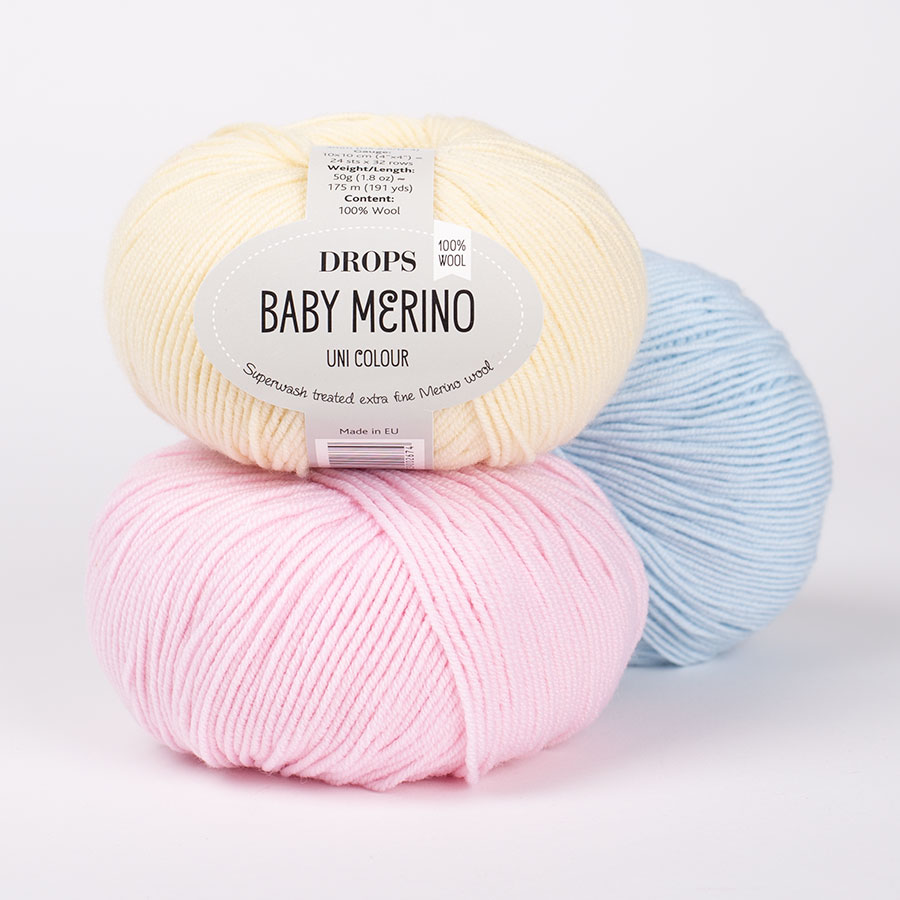
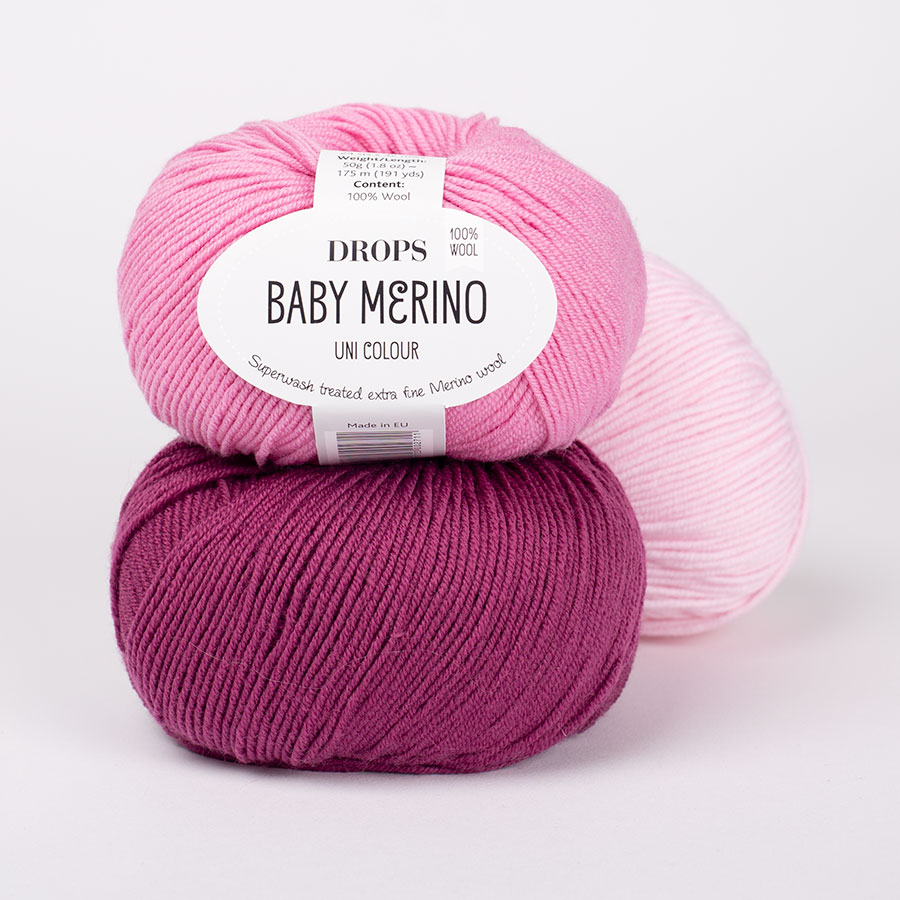
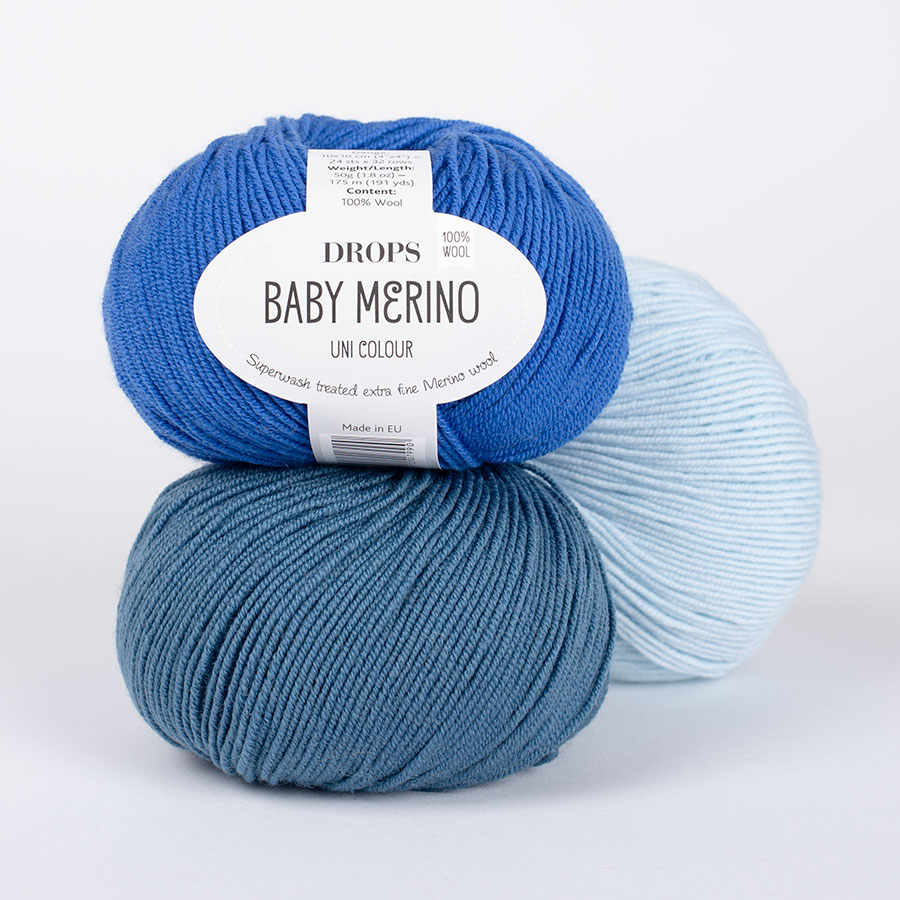
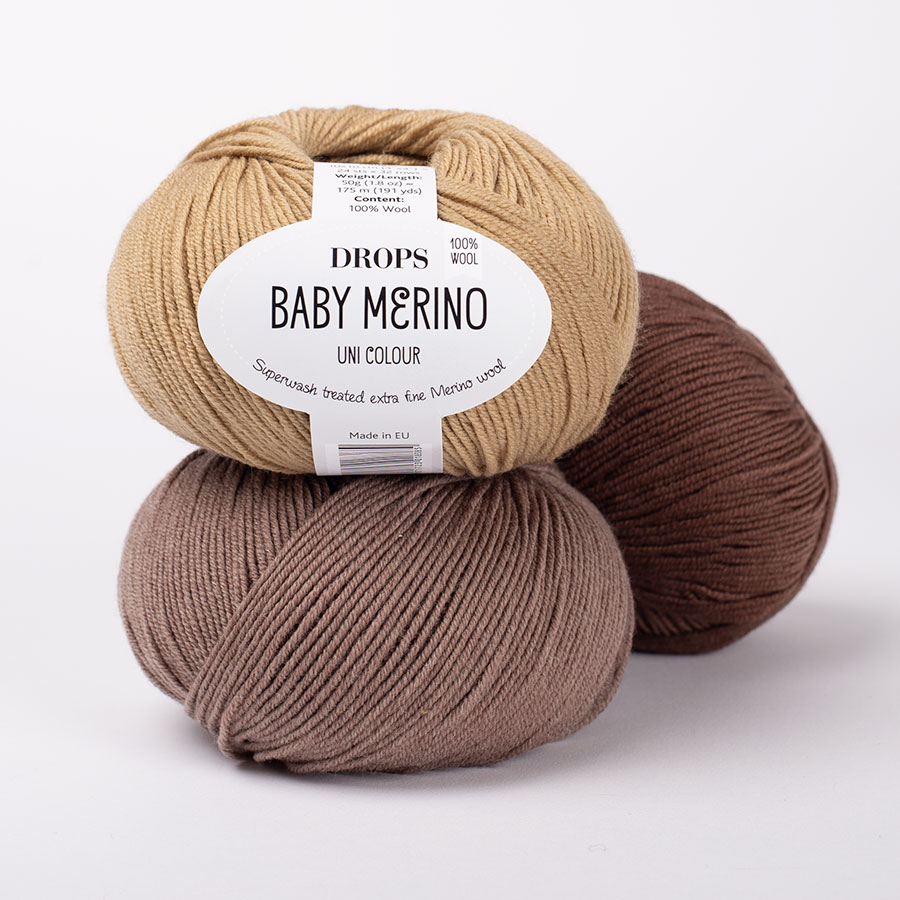

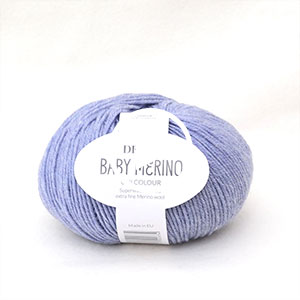











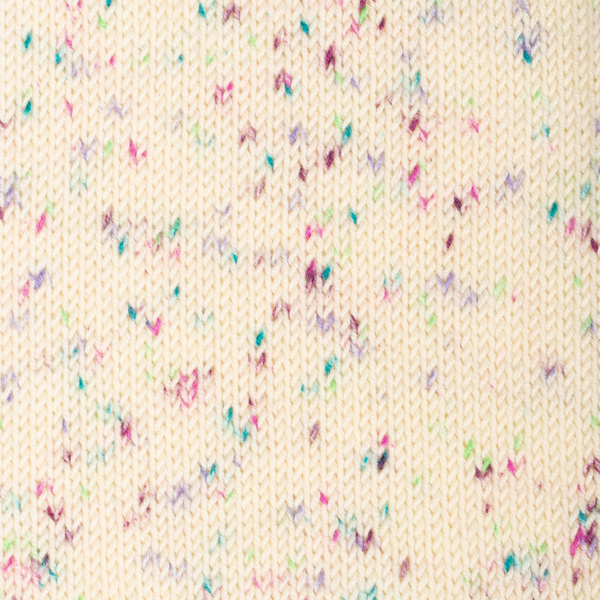

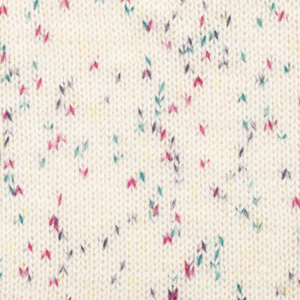

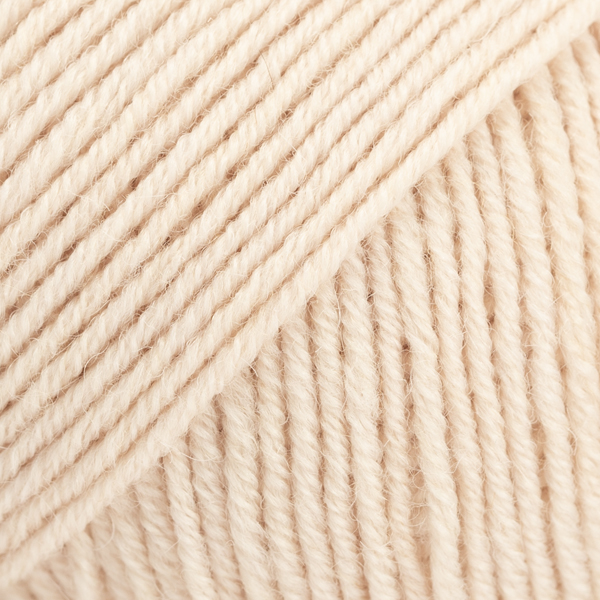

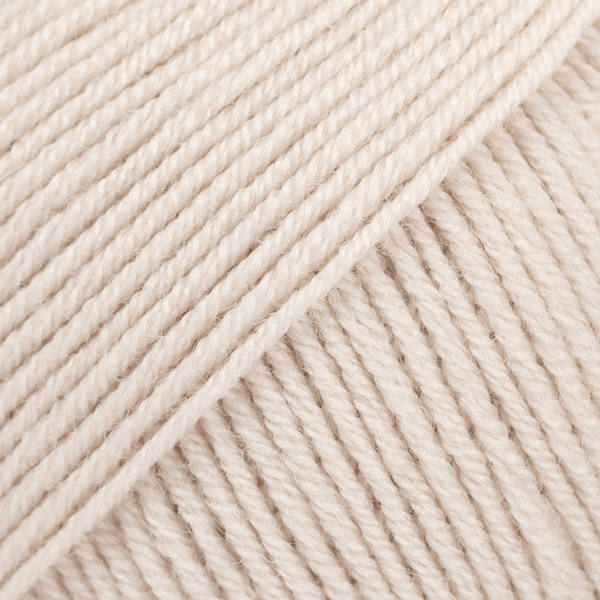






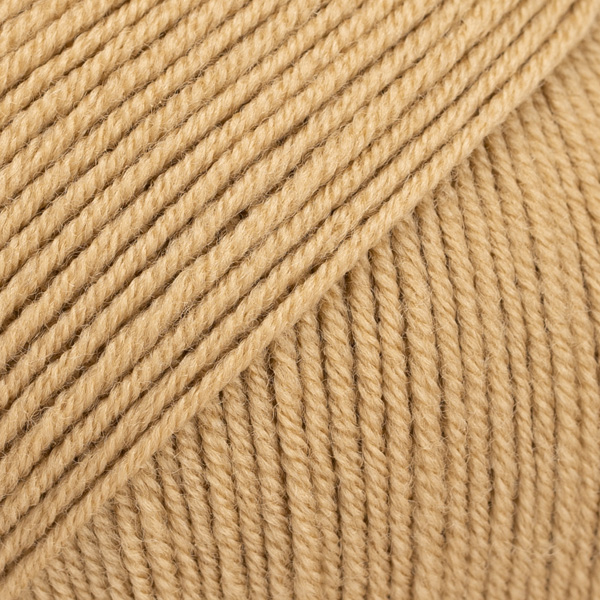

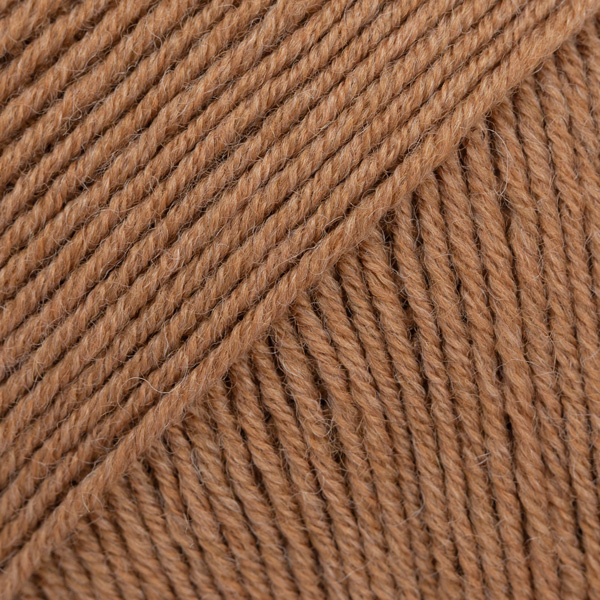

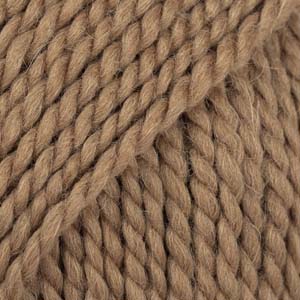



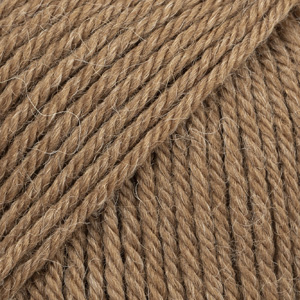




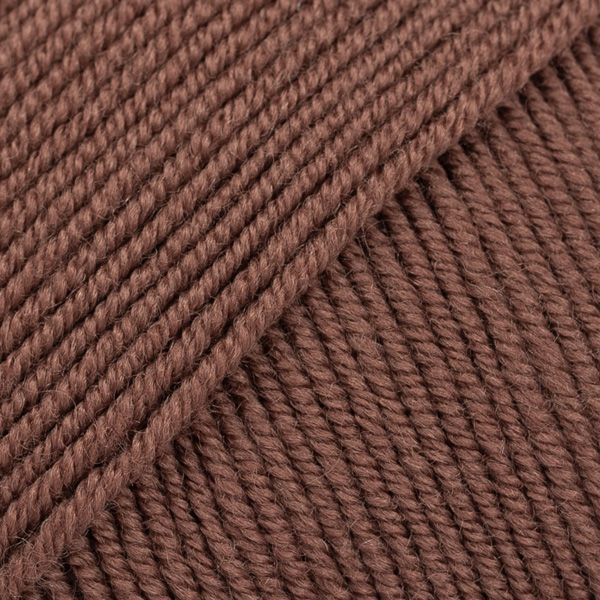


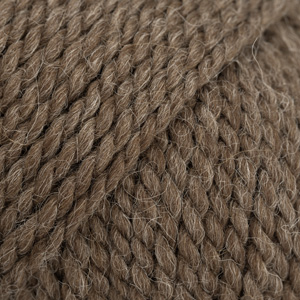



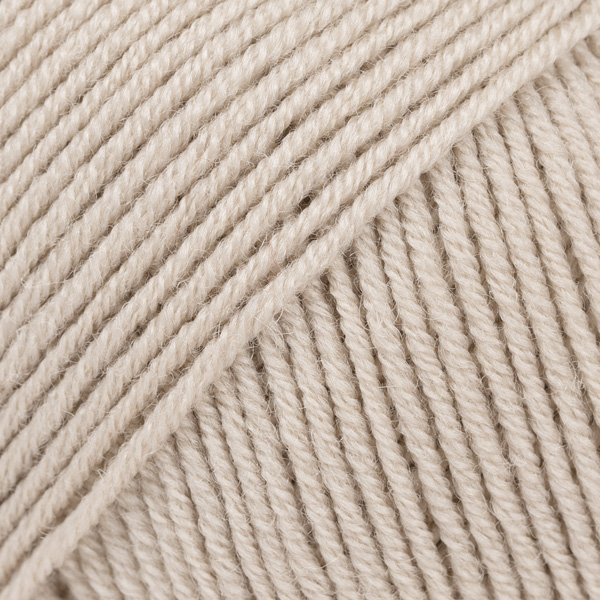








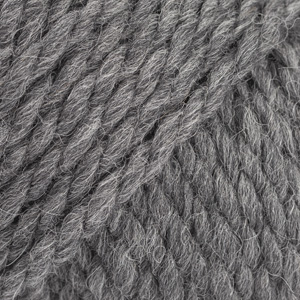

















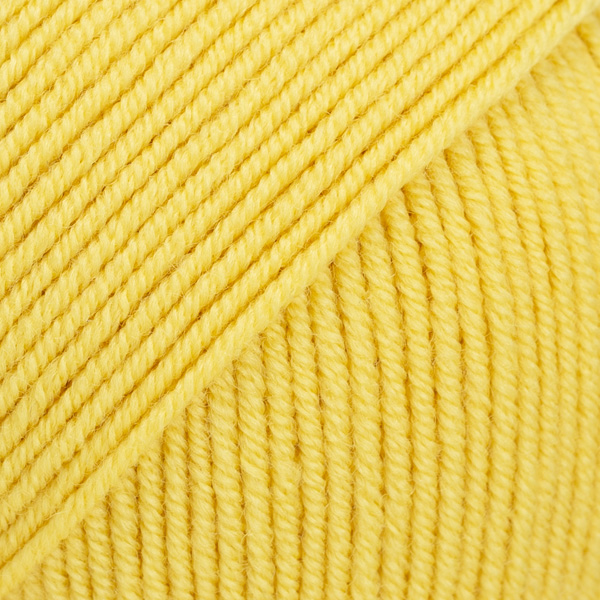



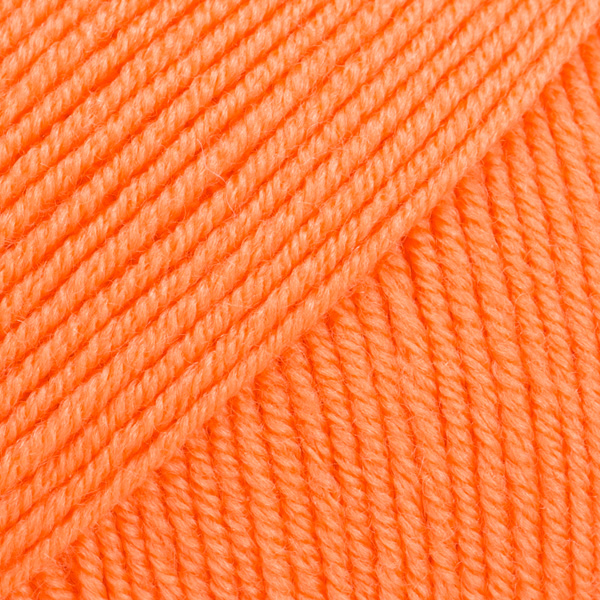














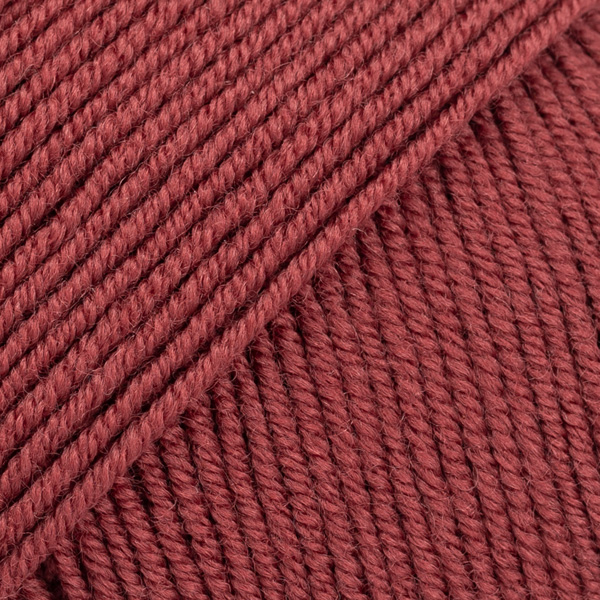




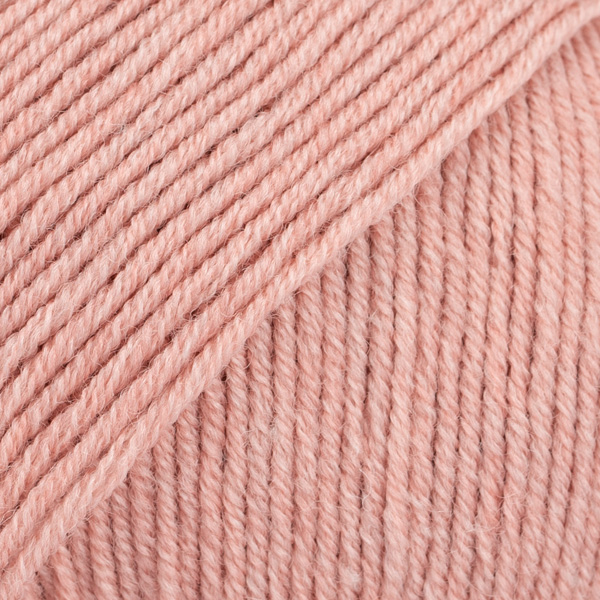


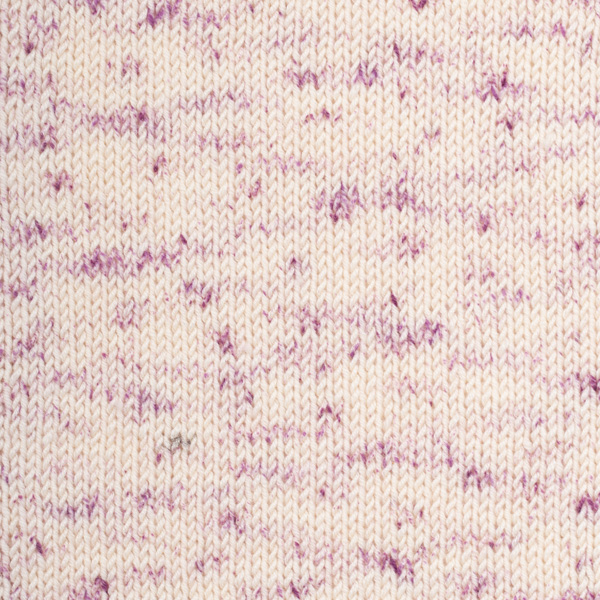
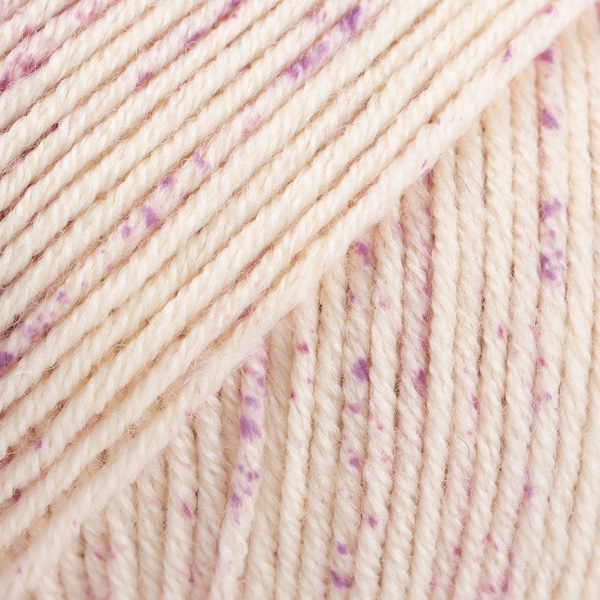

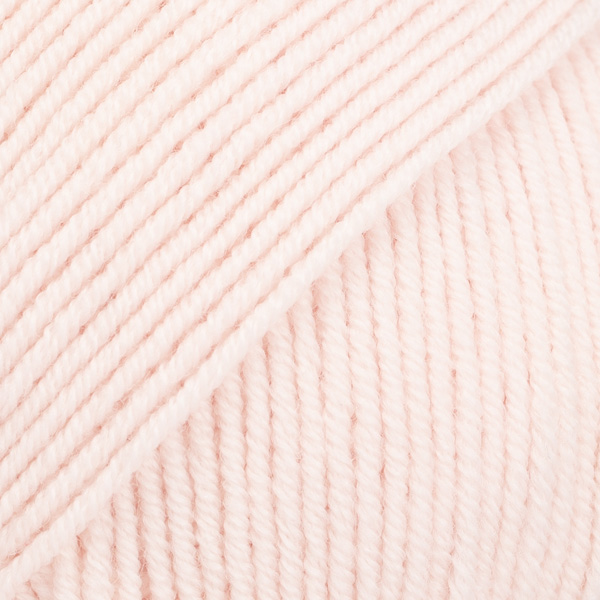

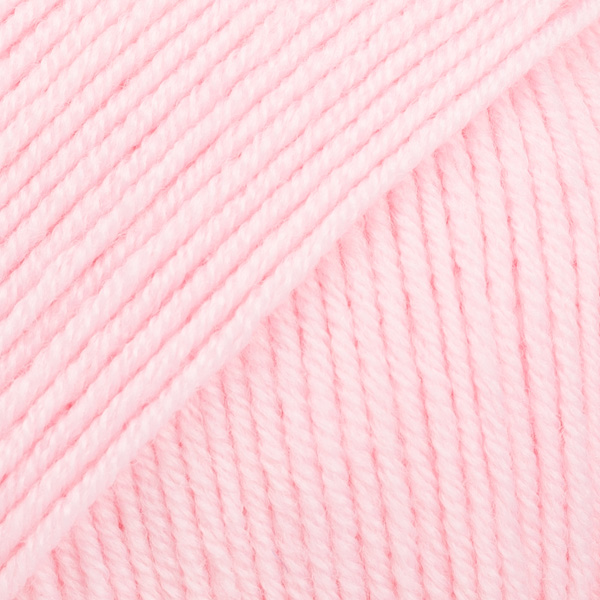



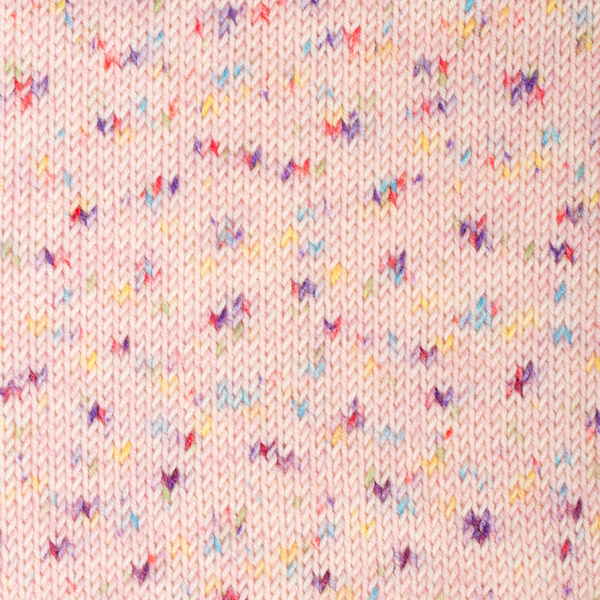


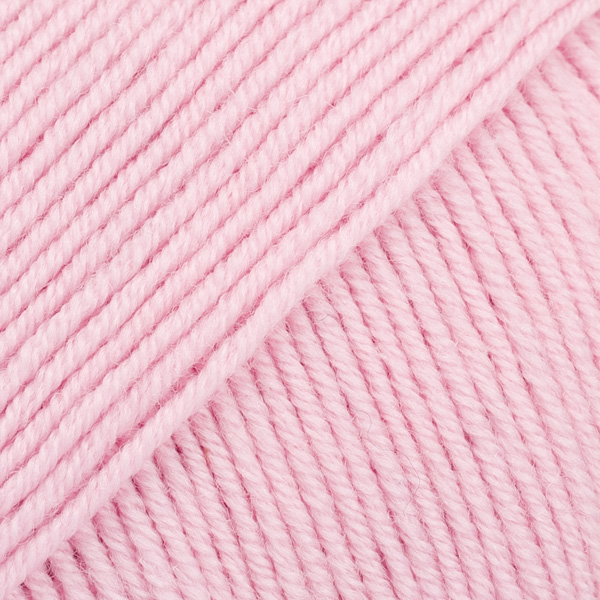
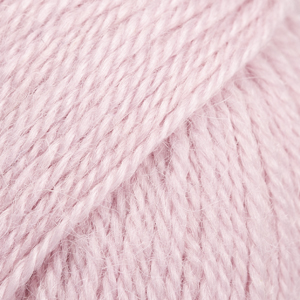











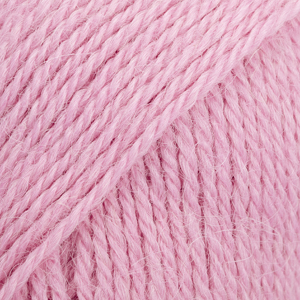


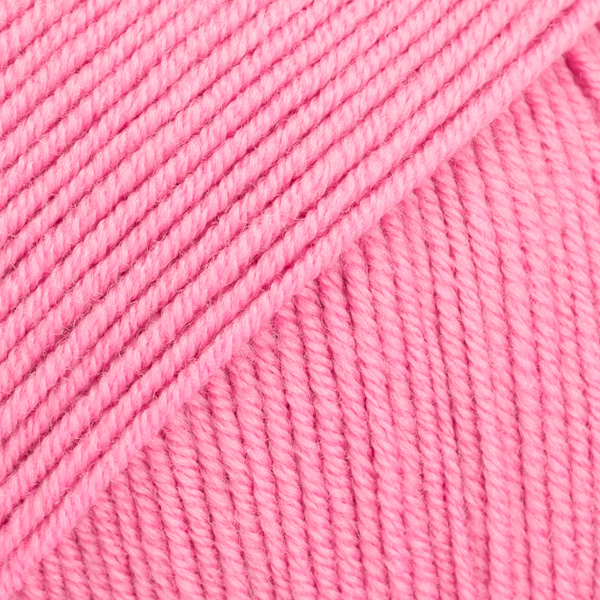

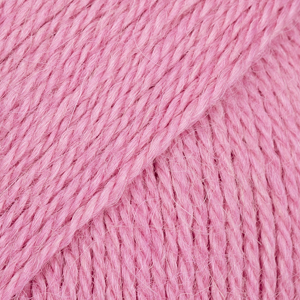


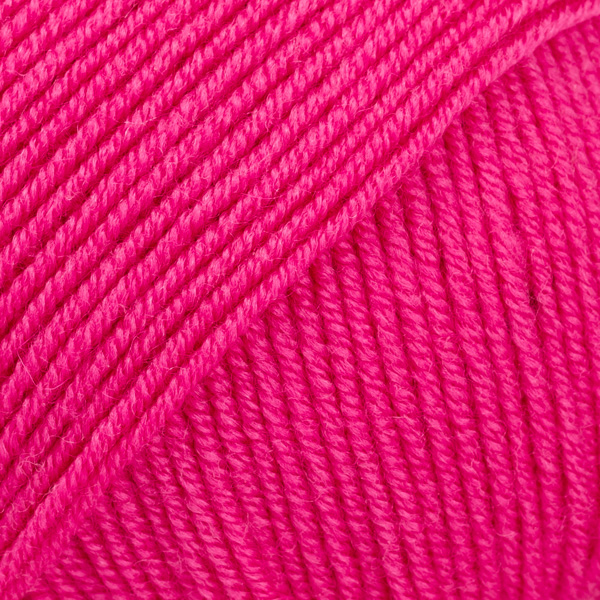

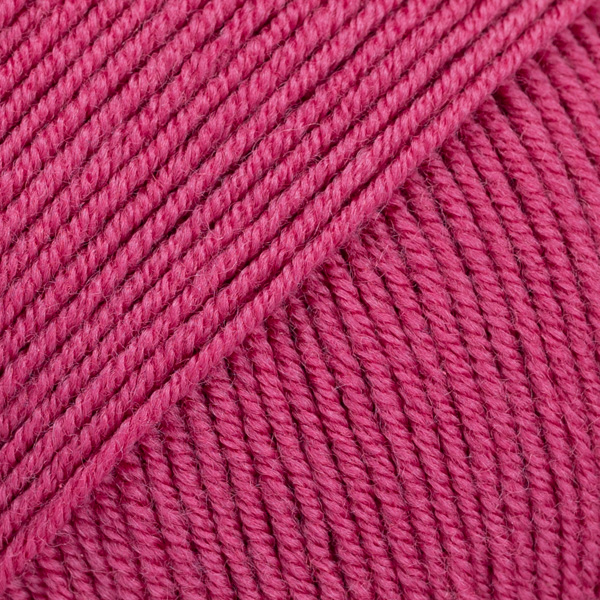
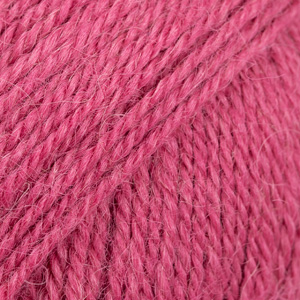

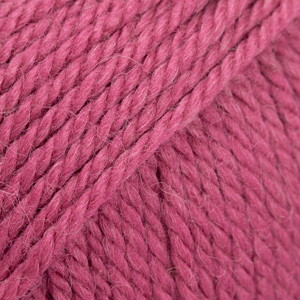




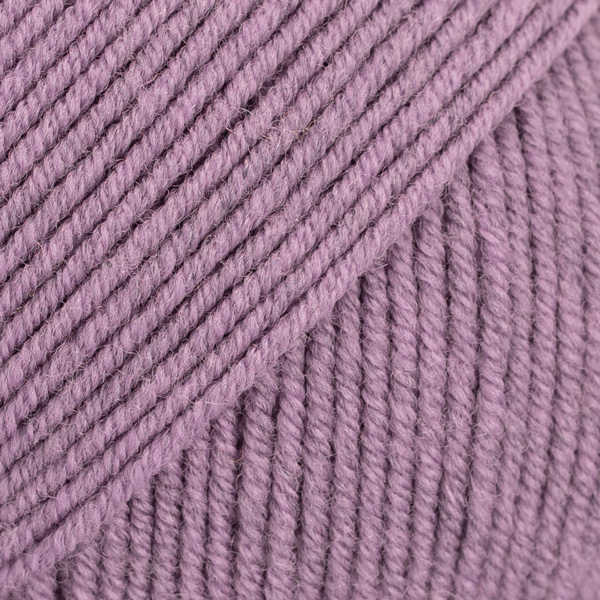



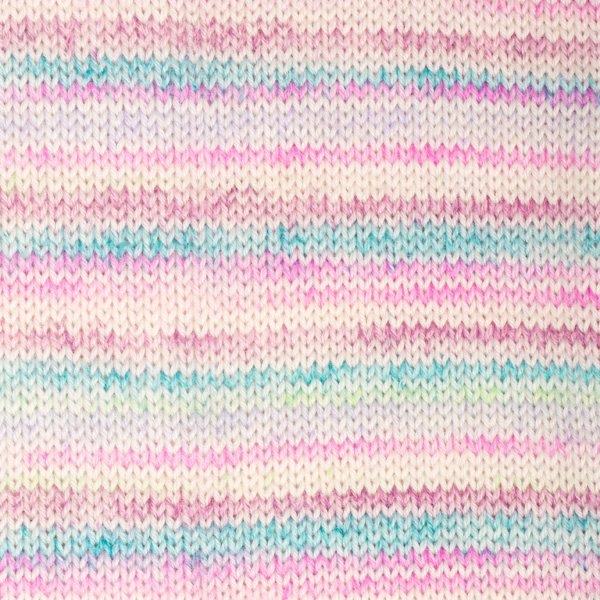


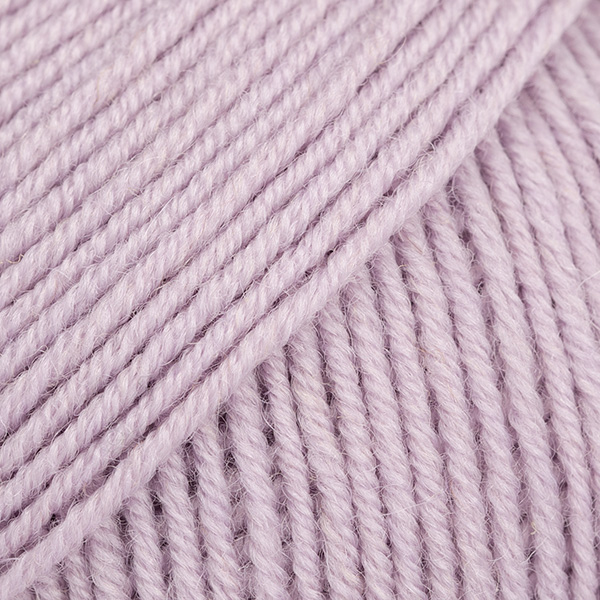
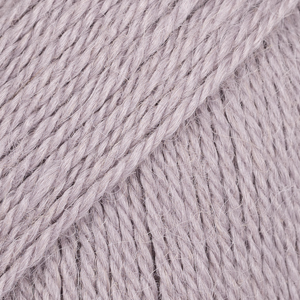














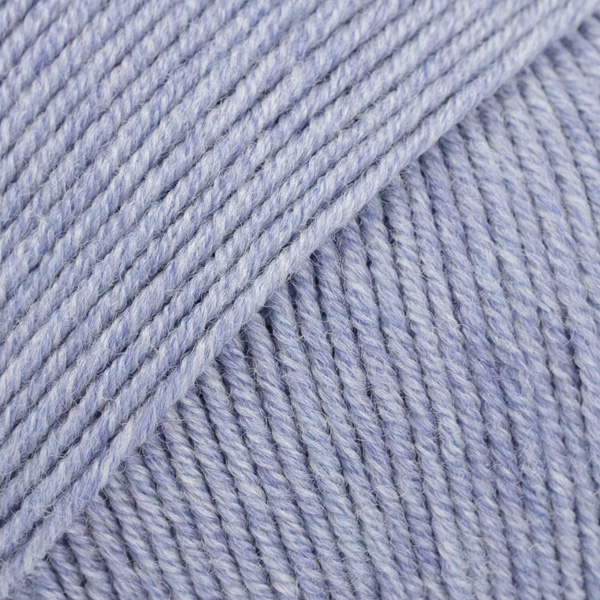












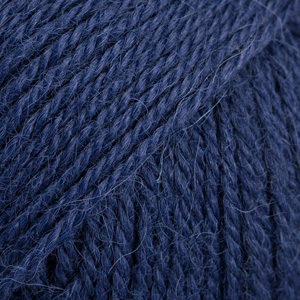






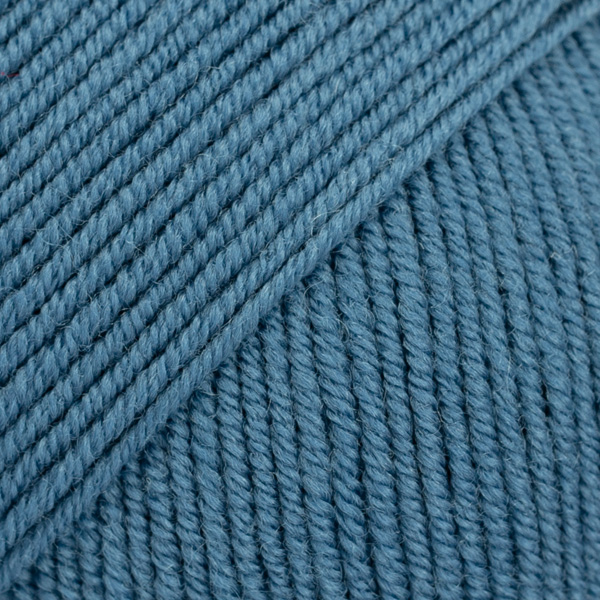





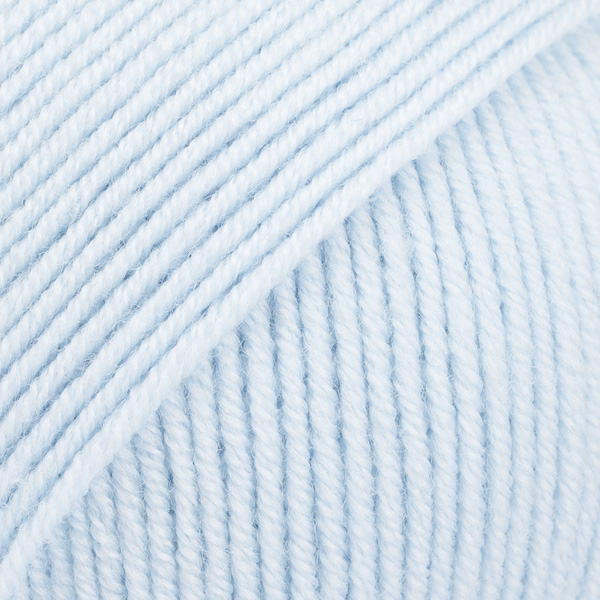




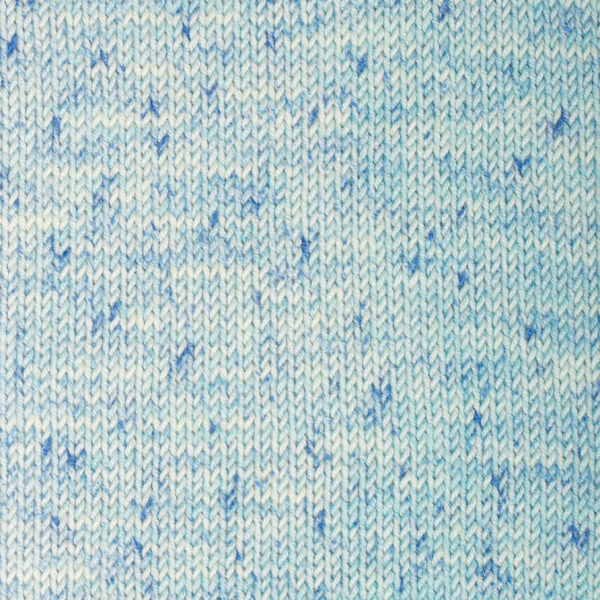


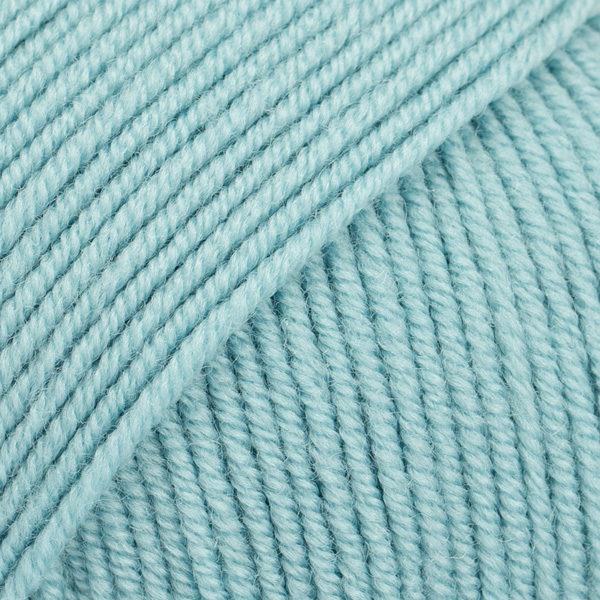



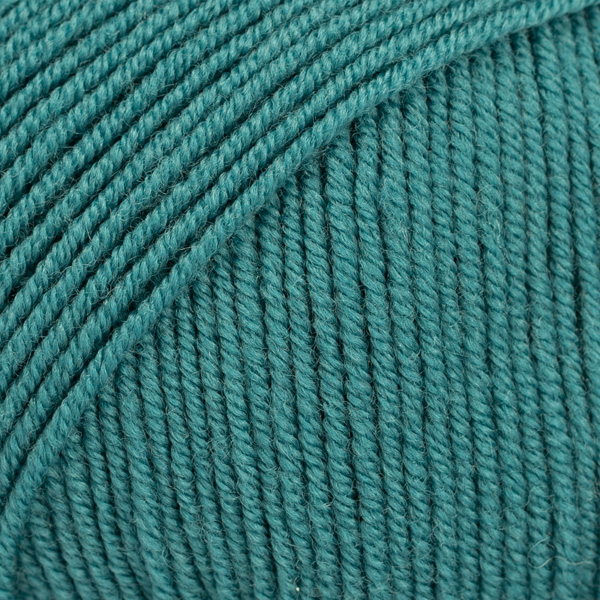




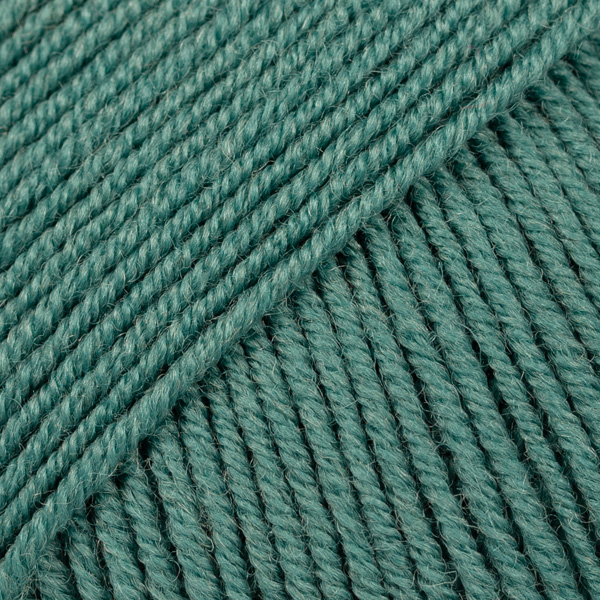

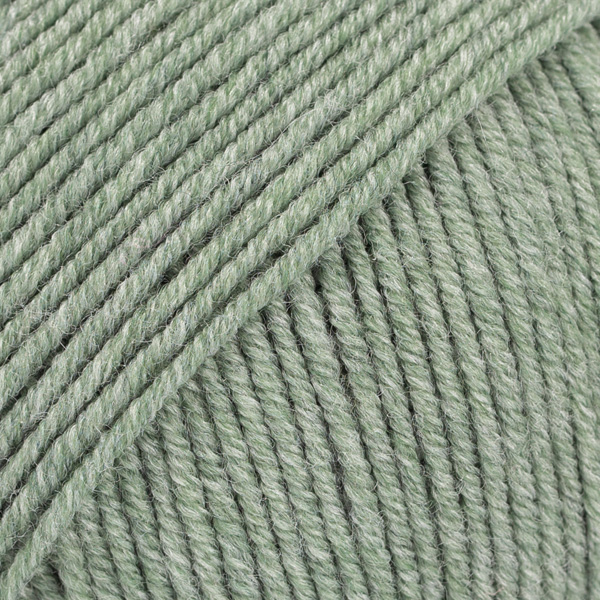

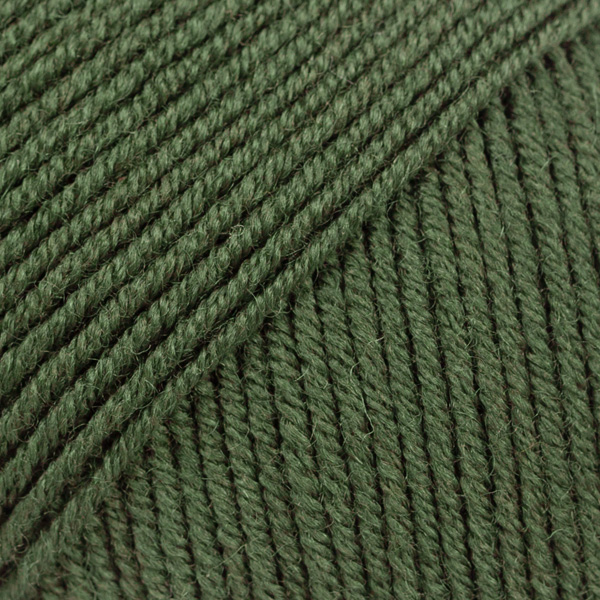
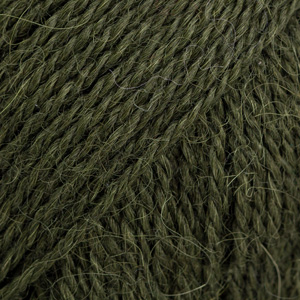





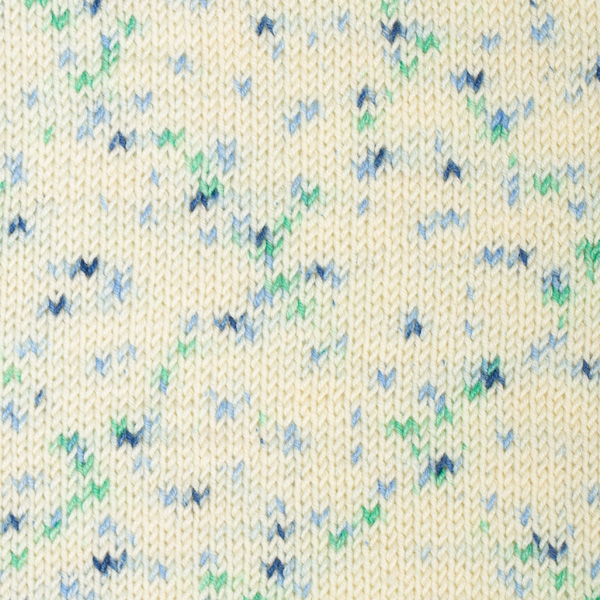


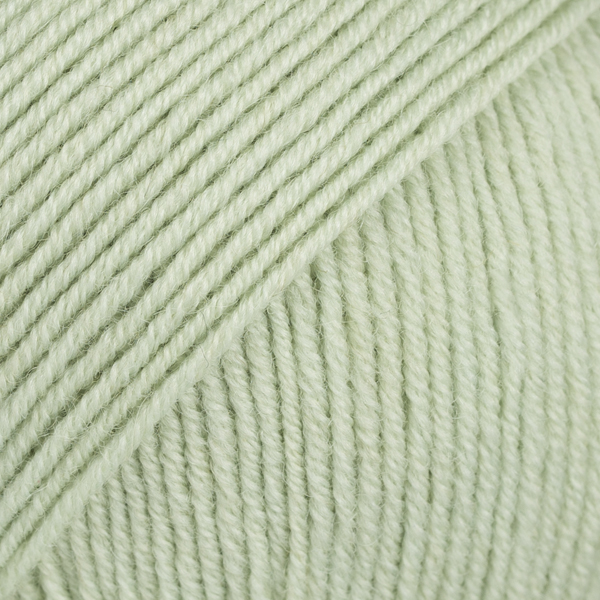

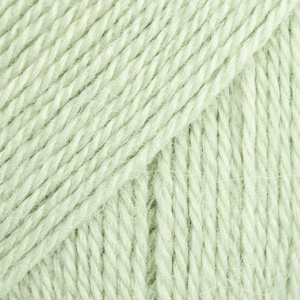






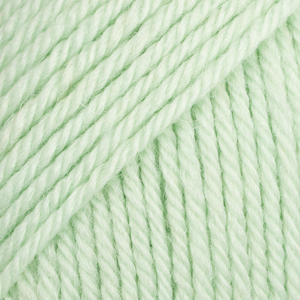










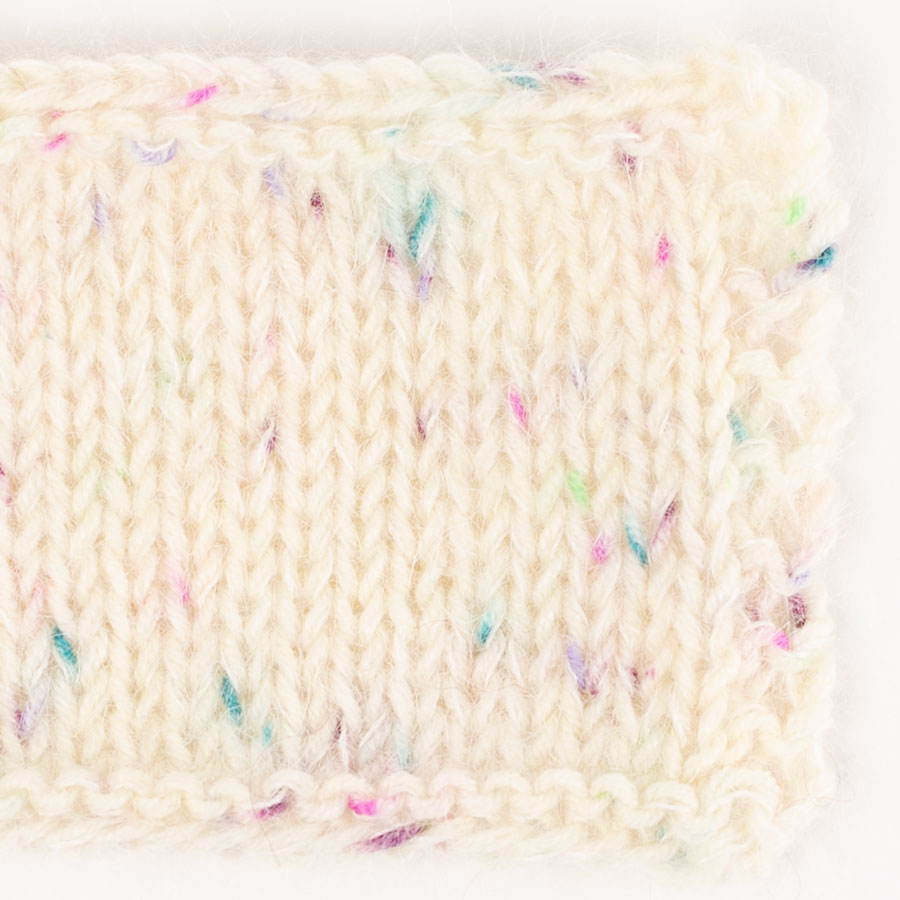
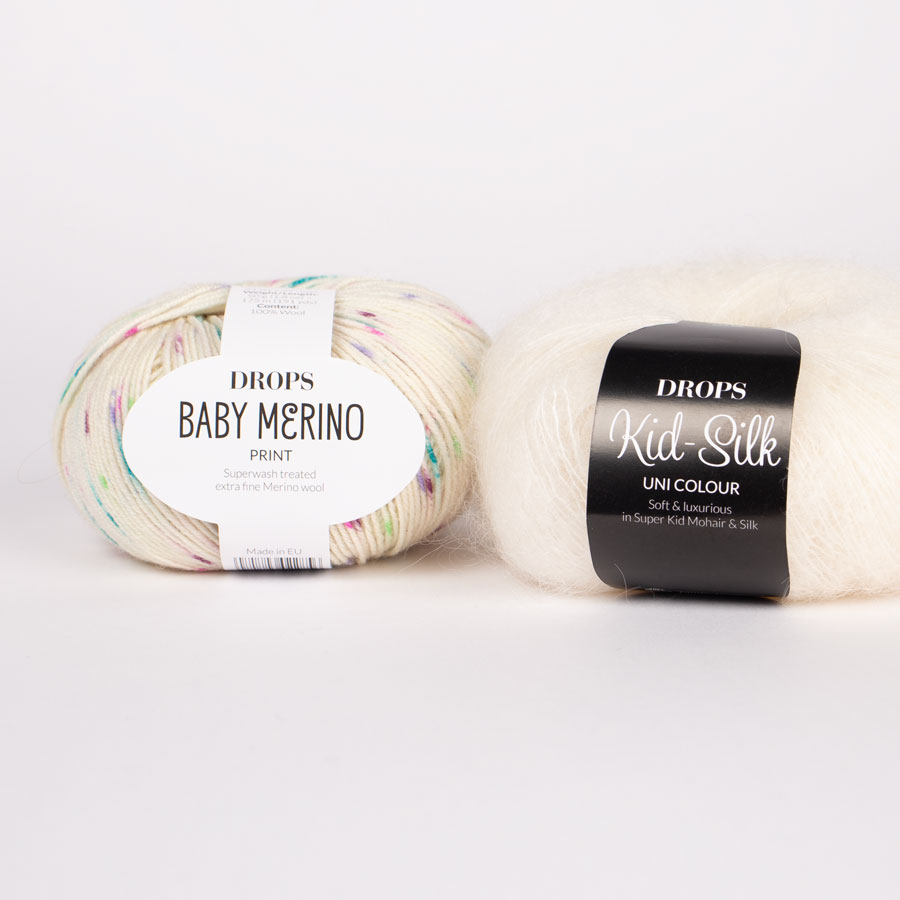
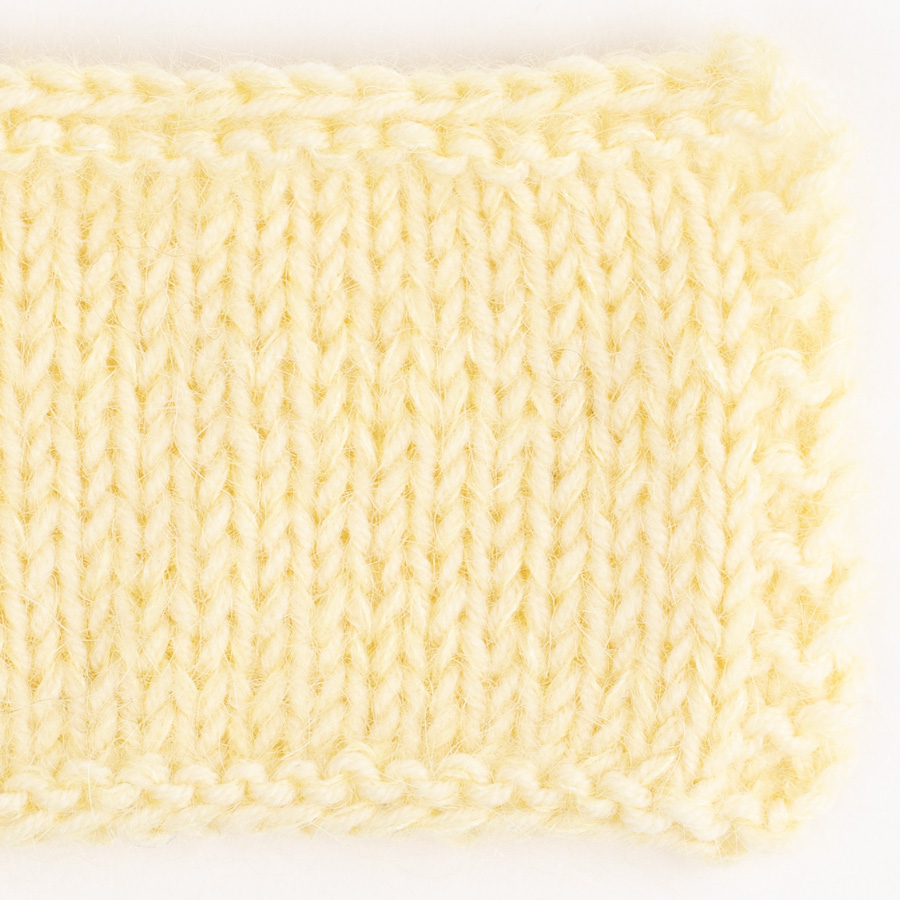
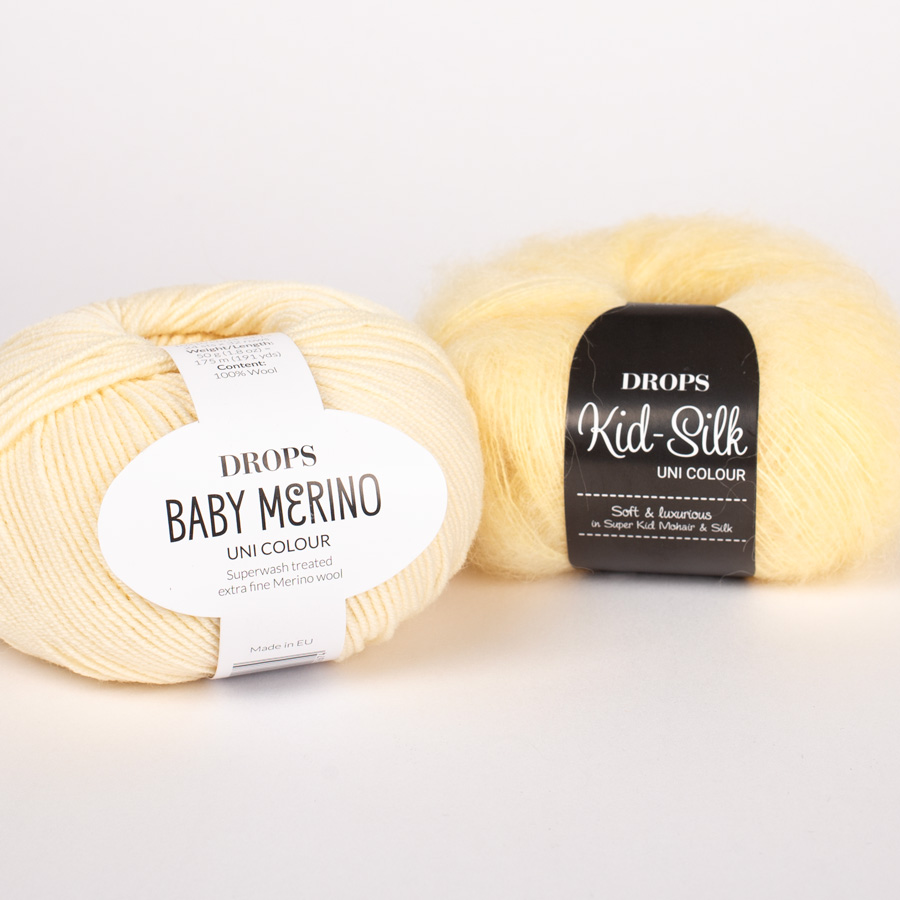
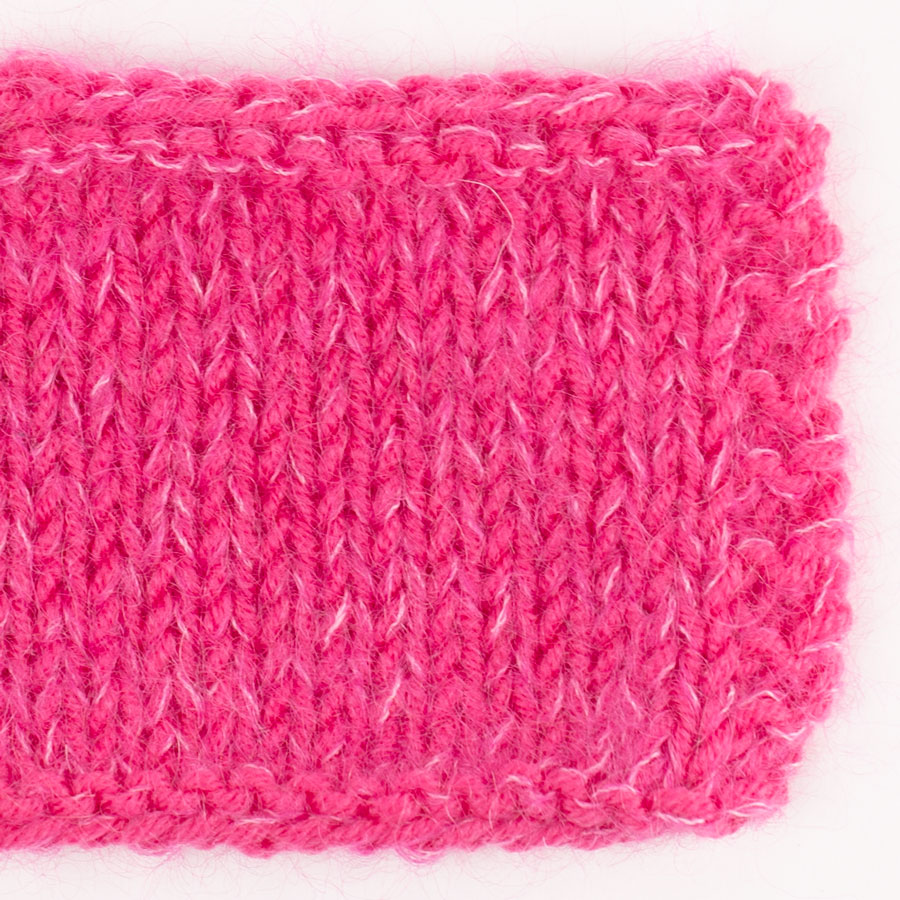
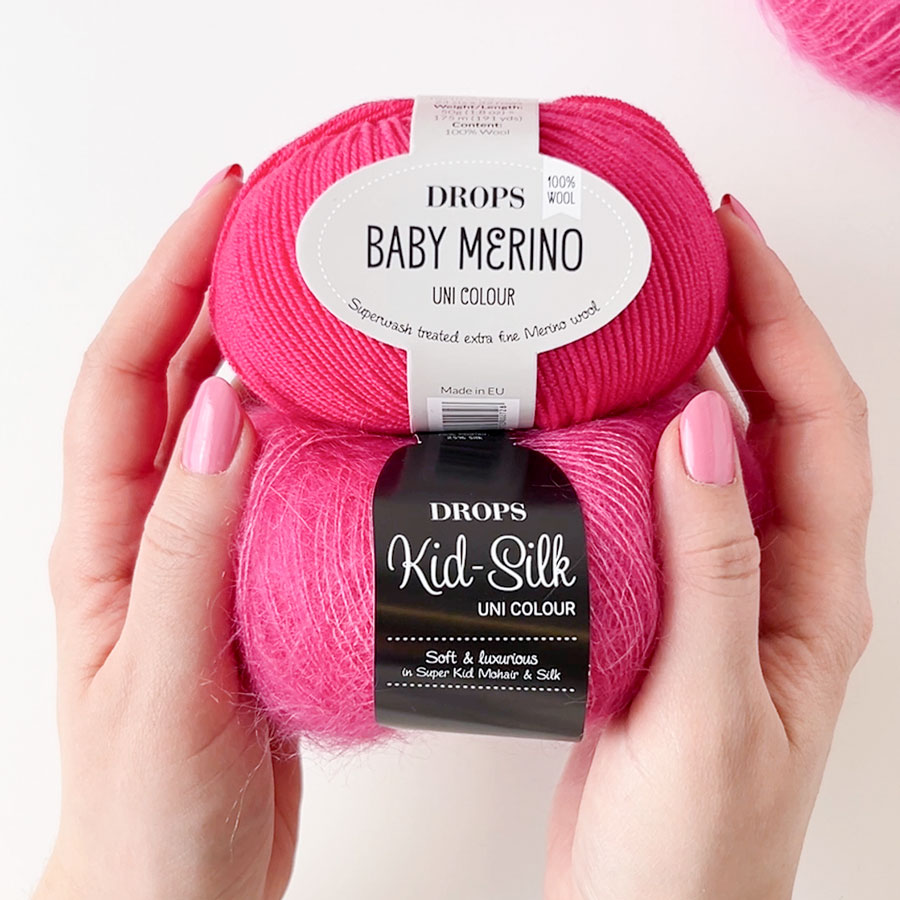
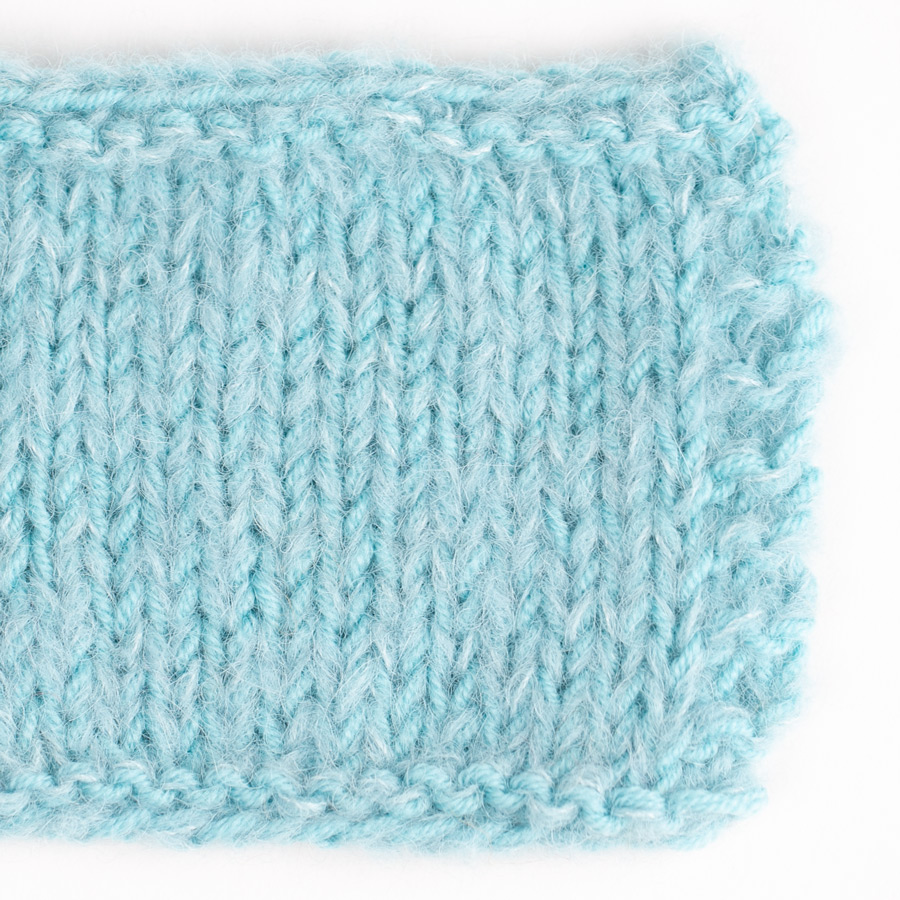
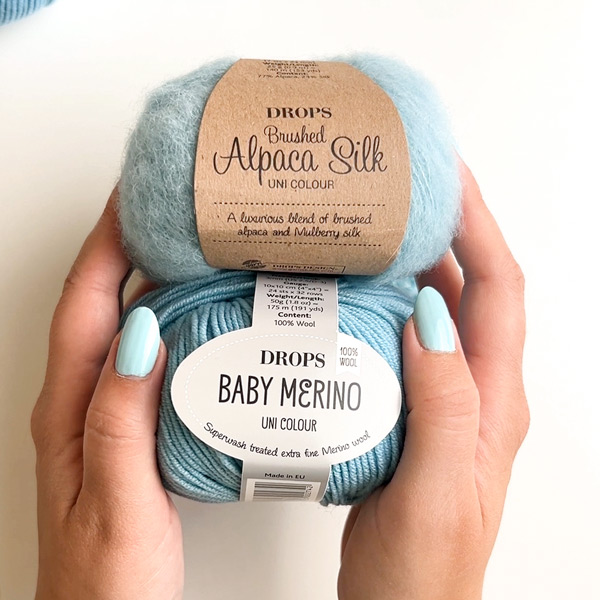
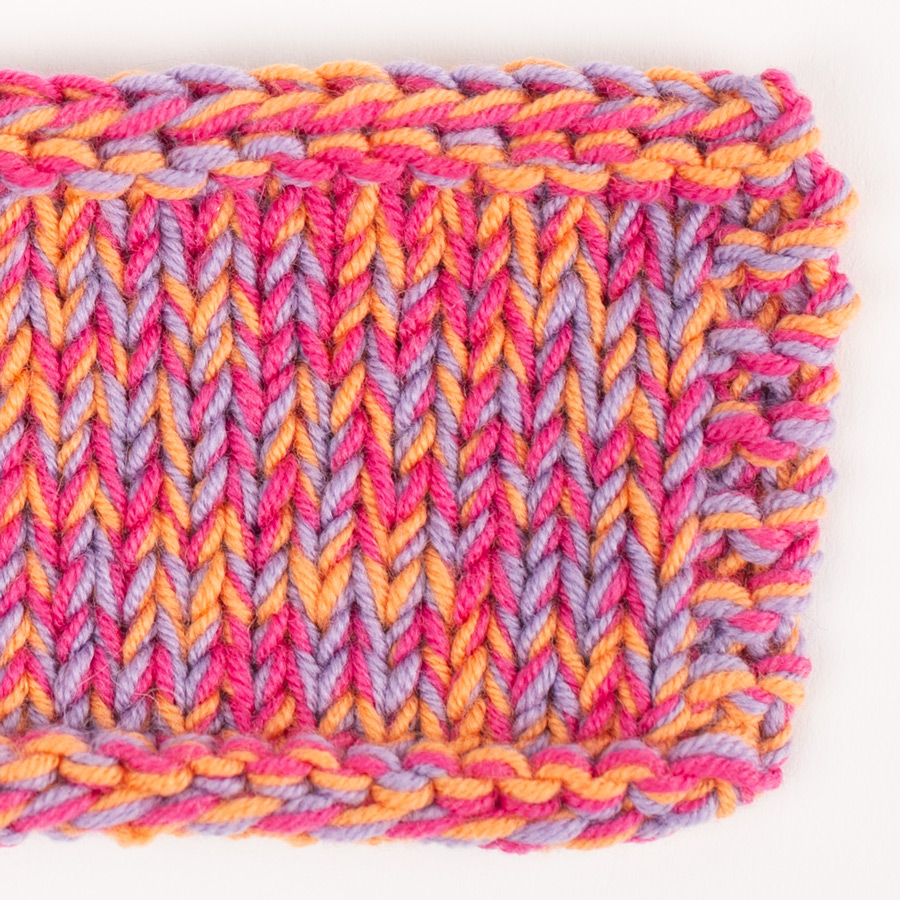
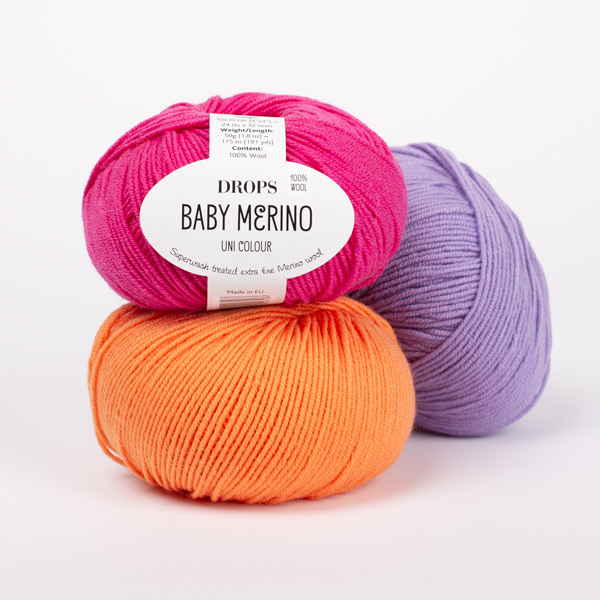
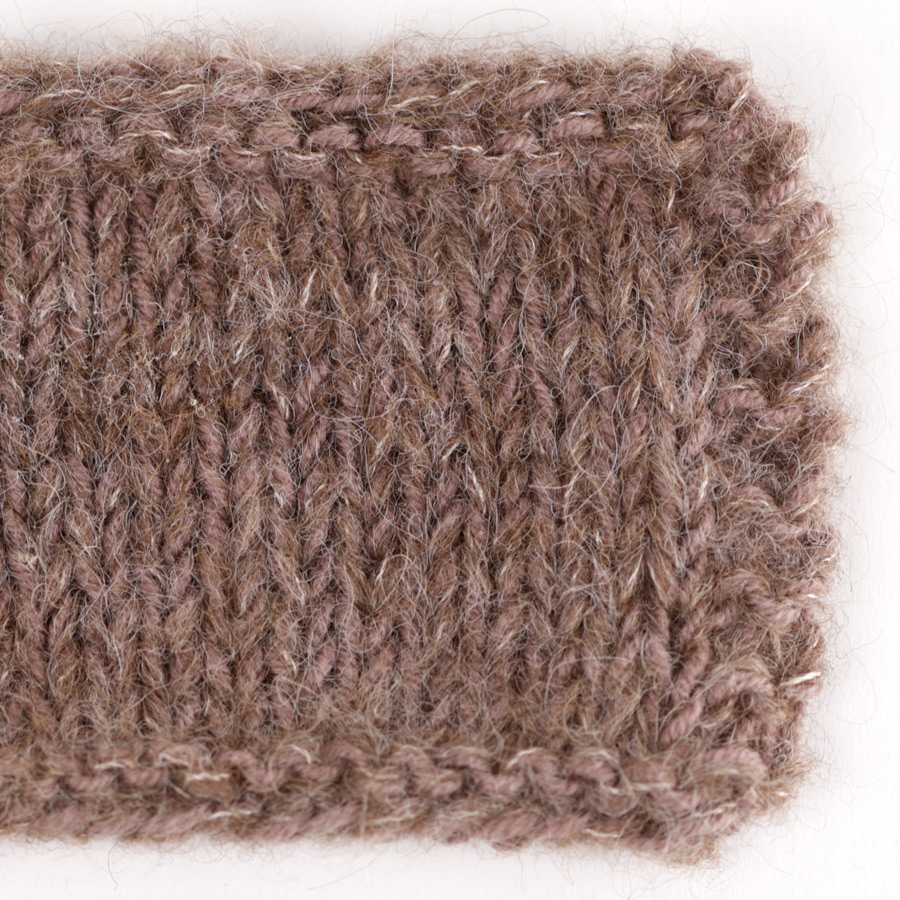
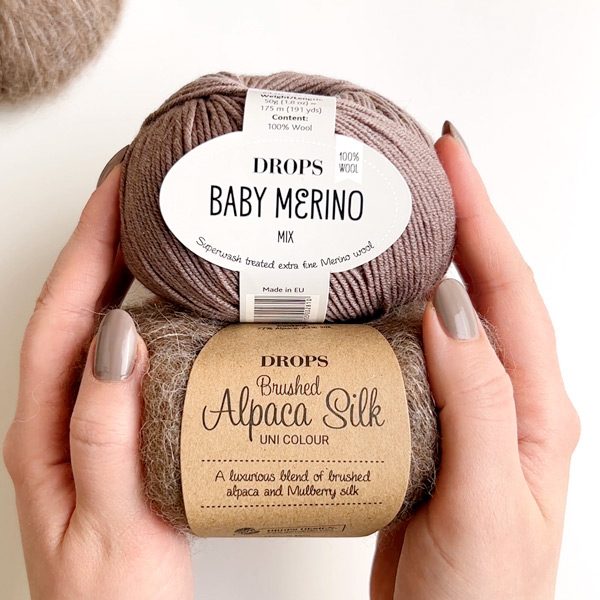
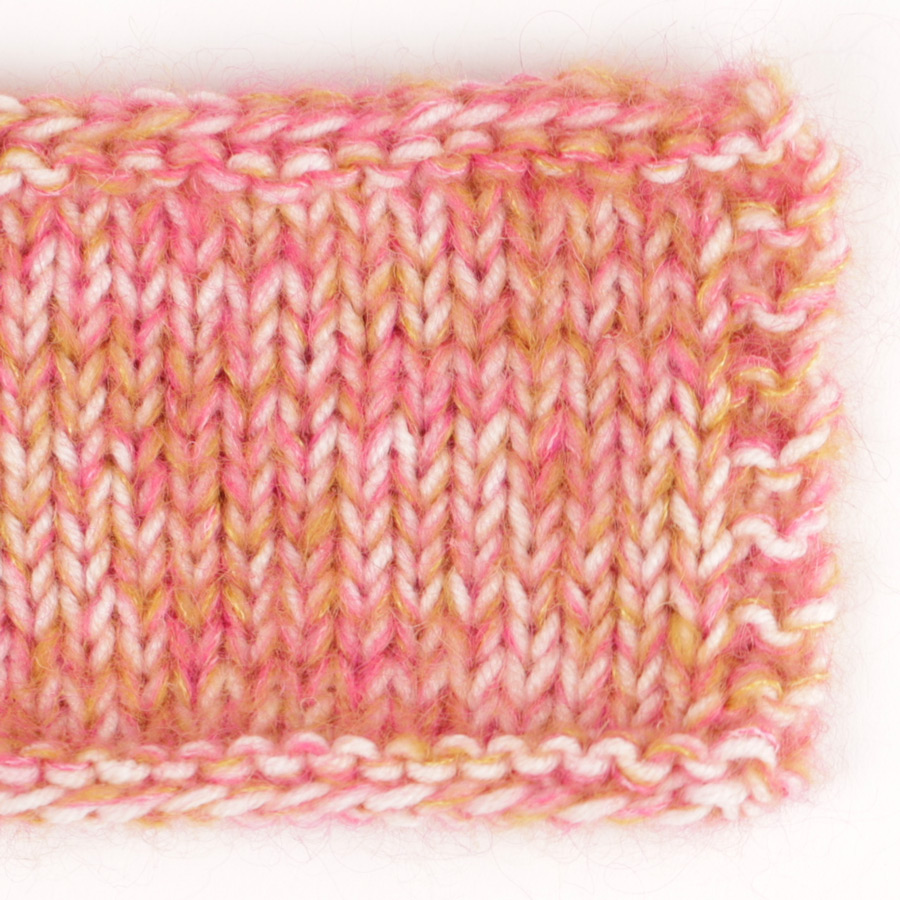
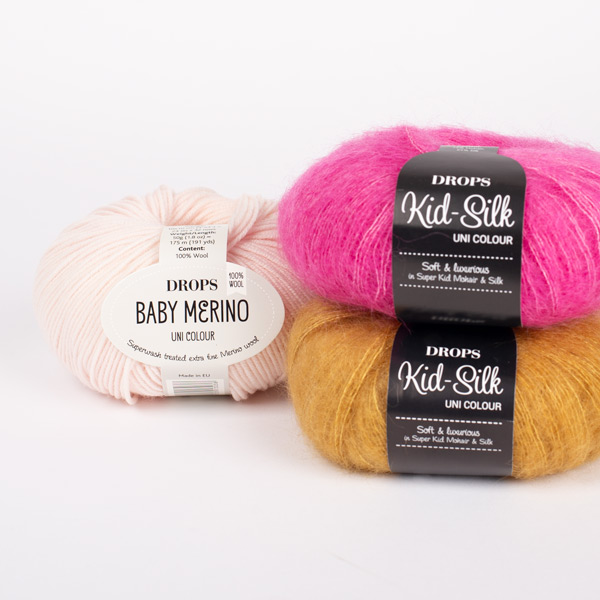
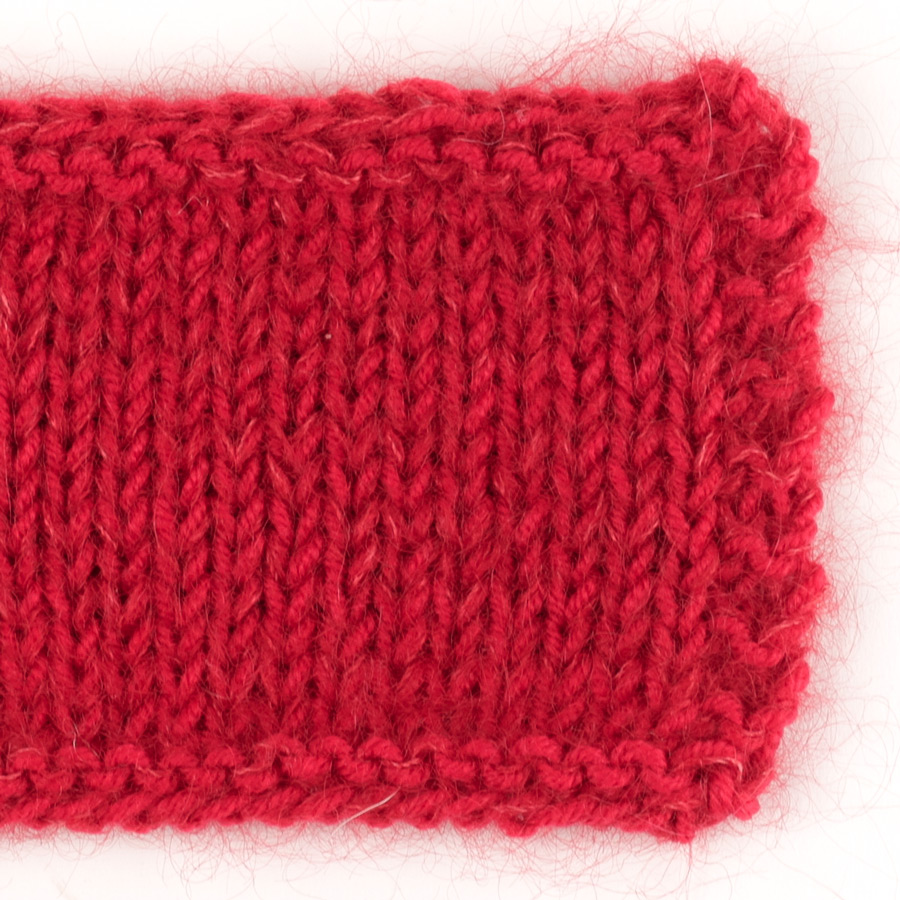
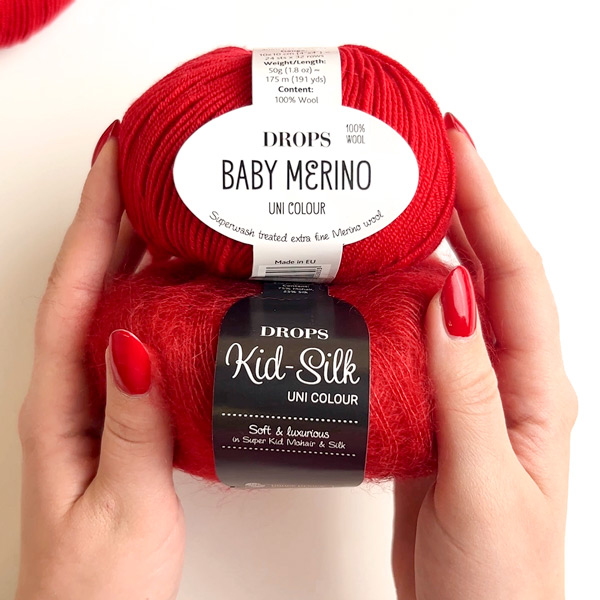


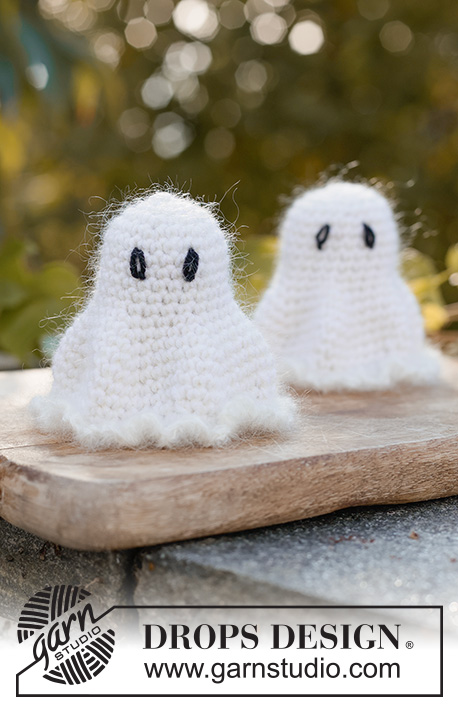






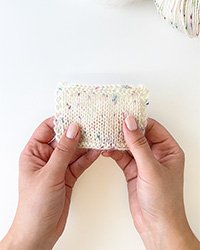

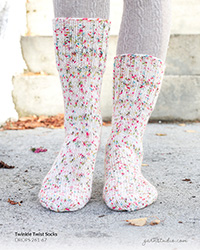
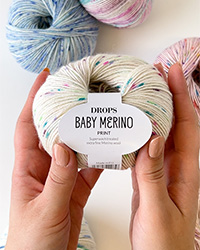
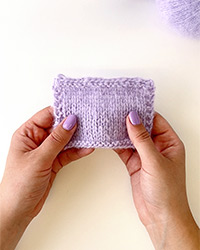
Hallo, Ich habe diese Wolle erst vor kurzem bekommen und finde, dass sie von der Griffigkeit her sehr angenehm ist. Sehr weich und auch das Maschenbild nach der ersten Maschenprobe war sehr schön. Beim aufwickeln der dunkelgrauen Wolle ist mir jedoch aufgefallen, dass sie sehr stark abfärbt. Meine Hände waren grau. Wäscht sich das raus? Da ist die Farbe mit helleren Farben kombinieren will, habe ich nun Angst, dass sie abfärbt.
06.10.2015 - 14:25